Life Is Beautiful
Part IX: The Power of Gratitude [1],[2]
“In the universe there is an immeasurable, indescribable force which shamans call intent, and absolutely everything that exists
in the entire cosmos is attached to intent by a connecting link.”
—Carlos Castaneda
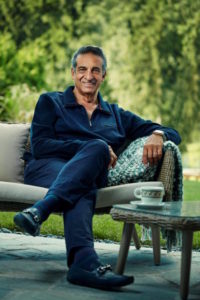
James A. Cusumano, PhD; Chairman Chateau Mcely s.r.o. Prague, Czech Republic
Gratitude is the one thing you need in your life for both personal and professional fulfillment. As the mathematicians would say, it’s both necessary and sufficient to achieve happiness and success.
Short-Term Happiness
Everyday I try my best to achieve a reasonable balance of body, mind and spirit, but some days just don’t easily slide into that comfort zone even though I rise early, exercise and do my daily meditation. Some days there’s a persistent edge that just doesn’t want to go away. But, I’ve discovered a game to play during the 20-minute drive from my home in Prague 6 to my office in the Old Town. I call it Be My Guest, and it does the trick every time.
Here’s how it works. As I’m sure you have observed, early each morning there are numerous people rushing in stressed-out mode to get to work, school or somewhere for which they have overestimated its importance. They often do this to possible peril to other drivers and pedestrians. Cars and trucks speed precariously in and out of traffic lanes, people jaywalk across busy streets to catch a tram or a bus, cars cut rapidly in front of you to make their turn before you make yours, even though you have the right-of-way. They seem to be afraid to stop. “Oh my God, I might lose 10 seconds”— and so the morning goes.
One day on my way to work, just for the fun of it, I decided not to compete with these folks. In fact, I decided to help them achieve their goal. So, every time I saw a stressed-out driver or pedestrian putting their future at risk, I helped them do their thing by blinking my headlights with the signal to Be My Guest. Almost always, I received a “Thank you,” and thus for both of us, a small sense of gratitude. It felt good, so I did it again and again and each time I felt better and better. Wow! I had discovered that gratitude is cumulative! My day was saved! I felt rejuvenated, creative and excited to get to my projects at the office.
What’s going on here? I had discovered a way to achieve short-term gratitude and happiness. I did something heartfelt for someone who was not expecting it. They felt grateful and expressed their gratitude with a smile, an earnest wave of their arm, or even a shout of “Thank you (Figure 1)!” That message touched my heart and guess what, I felt grateful, pleased and happy. This game became so exciting and satisfying that I began to search earnestly and sometimes desperately for someone to help!
Mind Games
That’s one of my ways to create short-term gratitude and happiness. But, how can we achieve long-term gratitude, fulfillment and happiness? Before I address this, let’s take a brief look at the human mind and how this short-term gratitude game works, or doesn’t work.
The mind can be divided into three parts, the conscious, the ego and the subconscious. The conscious is that part which you use to actively think in real time. It’s analytical, seeks solutions to all kinds of issues, but surprisingly, has the least impact on your life’s outcome.
The subconscious, on the other hand, has by far, the biggest effect. It has a huge capacity and is filled with all kinds of instructions, programmed mostly by others since your birth, and perhaps even before then.
Many of these instructions may not be in alignment with your basic values—namely, the rules of conduct by which you wish to lead your life. However, you follow them automatically because the subconscious is an effective source of social and cultural hypnosis. The good news is that as human beings, we are the only species on earth than can reprogram the subconscious, should we choose to do so in order to follow those values we truly believe in. This is most effectively done through the process of mediation.
Meditation is the best way to manifest your deepest desires. By changing your thoughts, beliefs, expectations, attention and intentions and connecting with stillness, you enable the unbounded, unlimited abundance of the universe to flow effortlessly into your life. In meditation you harness nature’s flow of energy, information, and intelligence to change your life.
The third part of the mind, the ego, is a valuable element for our personal progress and growth, but more often than not, it is highly competitive and worried about the “me”, the “my” and the “mine,” as opposed to the “you,” the “your” and the “yours,” or even the “we.” This is known as psychological Dualism.
Focusing on these three parts of the mind, there is only one thing that shuts down our access to both short-term and long-term gratitude and happiness and that is fear. Fear closes our access to the forces, knowledge and bene ts of the Cosmos. The following commentary from my book, Life Is Beautiful: 12 Universal Rules¹ is relevant here.
You always attract what you fear, and that which you fear the most, comes swiftly to your doorstep (Figure 2). The reason that you fail when you have fear is the very same reason you succeed when you assume that a desired outcome has already happened. Fear induces all of the physical, emotional, spiritual and psychological feelings you need for a negative manifestation. Fear is a powerful paralyzing force. It has the ability to rapidly move through all ve stages of the manifestation process.
In my opinion, there is only one counter force that can completely erase the presence of fear, or help you make any critical change for that matter. It’s the energy of unbridled passion. This creative force is so powerful that it evaporates fear from the deepest level of the human spirit and can literally change the world. It has done so many times before.²
I will discuss how to create this passion-induced fearlessness in a moment, but first let’s look briefly at what happens when fear shuts down your access to gratitude and a sense of happiness.
I will use the Be My Guest game and turn it around 180 degrees. Let’s say I’m driving down the hill from Prague 6 towards the Malá Strana right turn, but I’m going to turn left towards the embankment. I see cars coming towards me that signal their desire to turn into Malá Strana. But without a conscious acknowledgement of the fact, my subconscious has indoctrinated me over the years that this is a competitive, dog-eat-dog world. I listen to it carefully without consciously knowing I’m listening, “Don’t let those cars in; besides, you have the right-of-way.” Without thinking, I block them from turning and then comfortably make my left turn. How do I feel about that? If I’m truly honest—not very good.
Or, perhaps there’s a group of pedestrians rushing from the Malá Strana metro exit and want to walk in front of my car to catch their tram so they can get to school or work on time. However, my ego reasons,“No way, they’re not in the crosswalk and that would be illegal, so why should I help them.
I’ll teach them how to do things right!” So I speed up and don’t allow them to cross. They miss their tram. I rationalize, “Well, it’s their fault!” But, deep down, how do I really feel about what I’ve done?— not very good.
In both of these cases, fear has ruled my decision and robed me of moments of happiness. In the first case, I’m operating under a set of rules that were ingrained over the years into my subconscious by others, rules that I may not even believe in, yet my subconscious induces the fear of breaking these rules. However, if I no longer believe in them, I can reprogram my subconscious.
In the second instance, my ego justifies my decision because it feels, “I am better than those people; I’ll teach them a lesson for trying to break the rules!” The ego runs on Dualism.“This is mine; that’s yours. This is me; that’s you. We’re separate in this competitive world. You’re my opponent; no way I’m going to help you!” This too, can be reprogrammed should you choose to do so.
These are just a couple of perhaps exaggerated examples of what can happen in our chaotic world and how handling them one way creates more internal tension and in another way, happy moments and the beginnings of a great day!
For me, a sense of gratitude and happiness beats stroking my ego or following rules I don’t believe in. There’s really no contest!
Long-Term Happiness
In all my life, I have found one path to long-term happiness and fulfillment, and I have discussed this path in great detail from complementary points of view in my books, BALANCE: The Business-Life Connection³ and Life Is Beautiful: 12 Universal Rules.4
The journey goes something like this. Like any normal, healthy person, you came into this world with something special inside you, something you’re really good at; probably better at it than many of those around you. It might be in sports, the arts, the sciences, leadership, and any of a host of other categories. I call this your fundamental ESSENCE. This will never change and no one can ever take it away from you.
At some point in your development, if you identify this skill and use it to address an important challenge that could make the world a better place, even a little bit better, and you pursue this possibility, while maintaining your personal values, you will have found your PURPOSE for that segment of your life. And by the way, it’s never too late to do this. Ray Croc, who founded McDonalds didn’t find his PURPOSE until he was in his 50s.
When you find your PURPOSE, it will ignite a huge level of PASSION. You may not be able to think about anything else for a time. This PASSION will give you high levels of ENERGY, both physical and emotional. The ENERGY will connect both the left and right hemispheres of your brain, enabling you to navigate rapidly between your creative “right brain” and your analytical “left brain.” Unusual CREATIVITY will result and you will find you can solve challenges you never imagined possible.
Meeting some of these challenges will inevitably result in some form of INNOVATION—bringing something new, creative and valuable to a relationship, to a project, or to the marketplace. You will have accomplished something that others have never done before.
As Nobel laureate, Albert Szent-Györgyi once said, It will be because you were, “Looking at the same thing as everyone else, but thinking something different.”INNOVATION always brings REWARDS. They may be financial, psychological, emotional, spiritual, or some combination.
Now here’s the punch line; those REWARDS always provide a deep sense of GRATITUDE, and this kind of GRADITUDE always results in long-term FULFILLMENT and HAPPINESS (Figure 3).
As you move into that place of gratitude, you will feel a kind of warmth in your heart. Your ego will quiet down, enabling you to enjoy greater love, compassion and understanding. It’s one way to invite more goodness into your life. It’s like saying to Cosmos, “Please bring me more of this!”
So the next time you’re driving to work, or anywhere for that matter, try the Be My Guest game. You may be surprised on how it makes you feel!
Sat, Chit, Ananda! Enjoy your journey, make a difference!
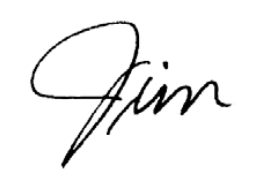
[1] EDITOR’S COMMENT— This is the 9th article in a series based on the author’s book, “Life Is Beautiful: 12 Universal Rules,” Waterfront Press, Cardi California.
[2] The author may be reached at Jim@ChateauMcely.Com.
References:
1. James A. Cusumano, Life Is Beautiful: 12 Universal Rules, Waterfront Press, Cradi -by-the-Sea, California, 2015.
2. There is one possible exception to this. There are some spiritual tradi- tions that maintain that learning to stay calm without judgment during a state of fear is the eventual path to true awakening. See for example, When Things Fall Apart: Heart Advice for Di cult Times by Pema Chödrön, Shambala Press, Boulder, Colorado, 2016.
3. James A. Cusumano, BALANCE, The Business-Life Connection, SelectBooks, New York, 2013.
4. Op. cit., Reference 1
[Figure 1]

Random acts of kindness create instant gratitude in those receiving these kind acts. They can’t help but return their gratitude, which creates moments of happiness in you.
[Figure 2]

You always attract what your fear, and that which you fear the most, comes swiftly to your doorstep.
[Figure 3]

Like every normal, healthy person, you came into this world with a special gift. It’s your ticket to long-term fulfillment and happiness. So, dig deep; find it and use it!






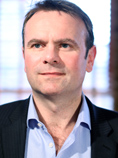 Article courtesy of FECIF
Article courtesy of FECIF
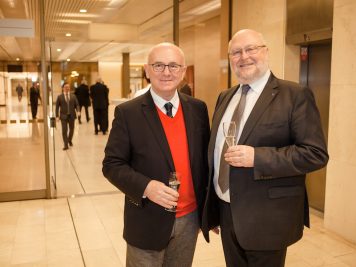
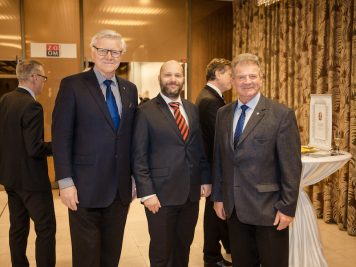
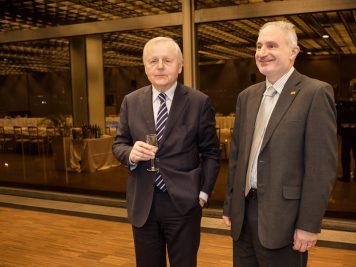
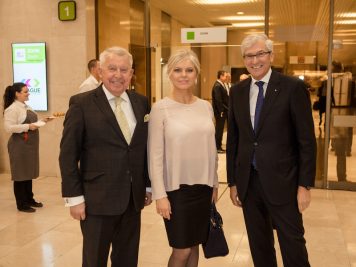

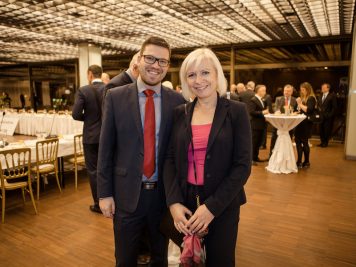
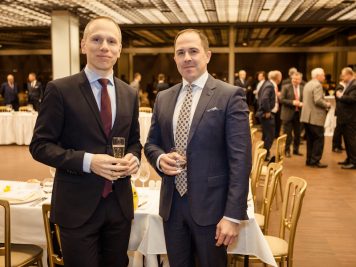
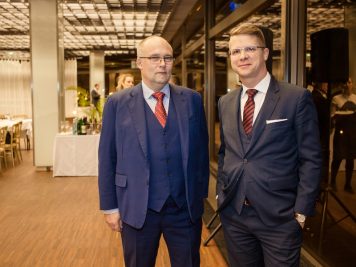
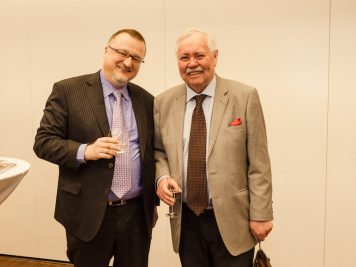
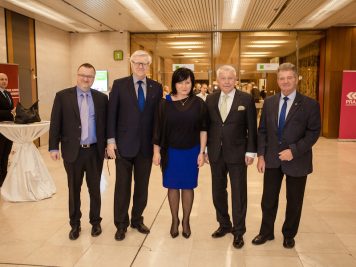
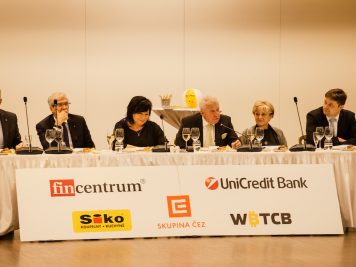
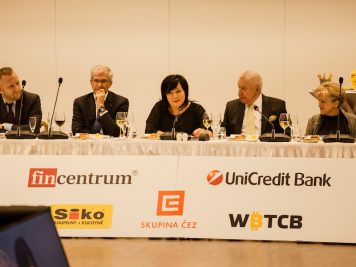
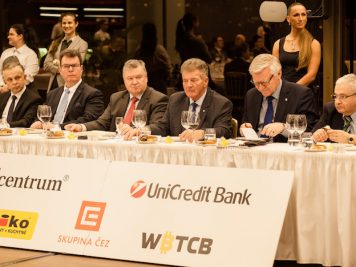
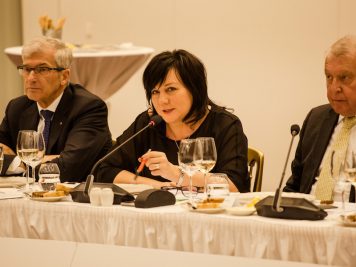
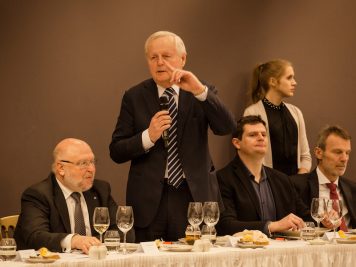
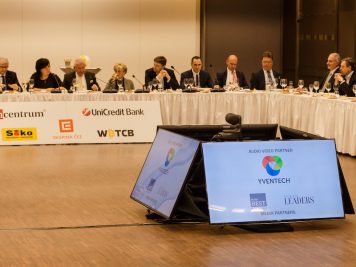
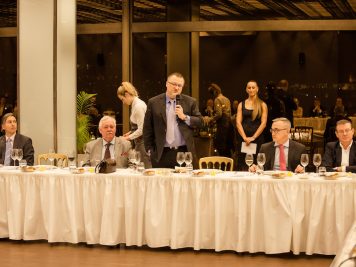
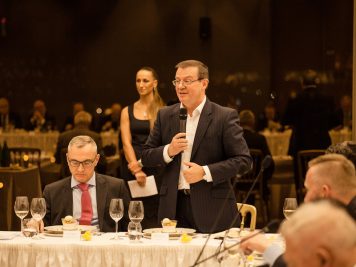
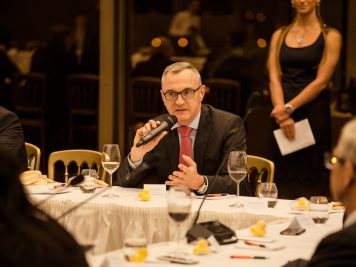

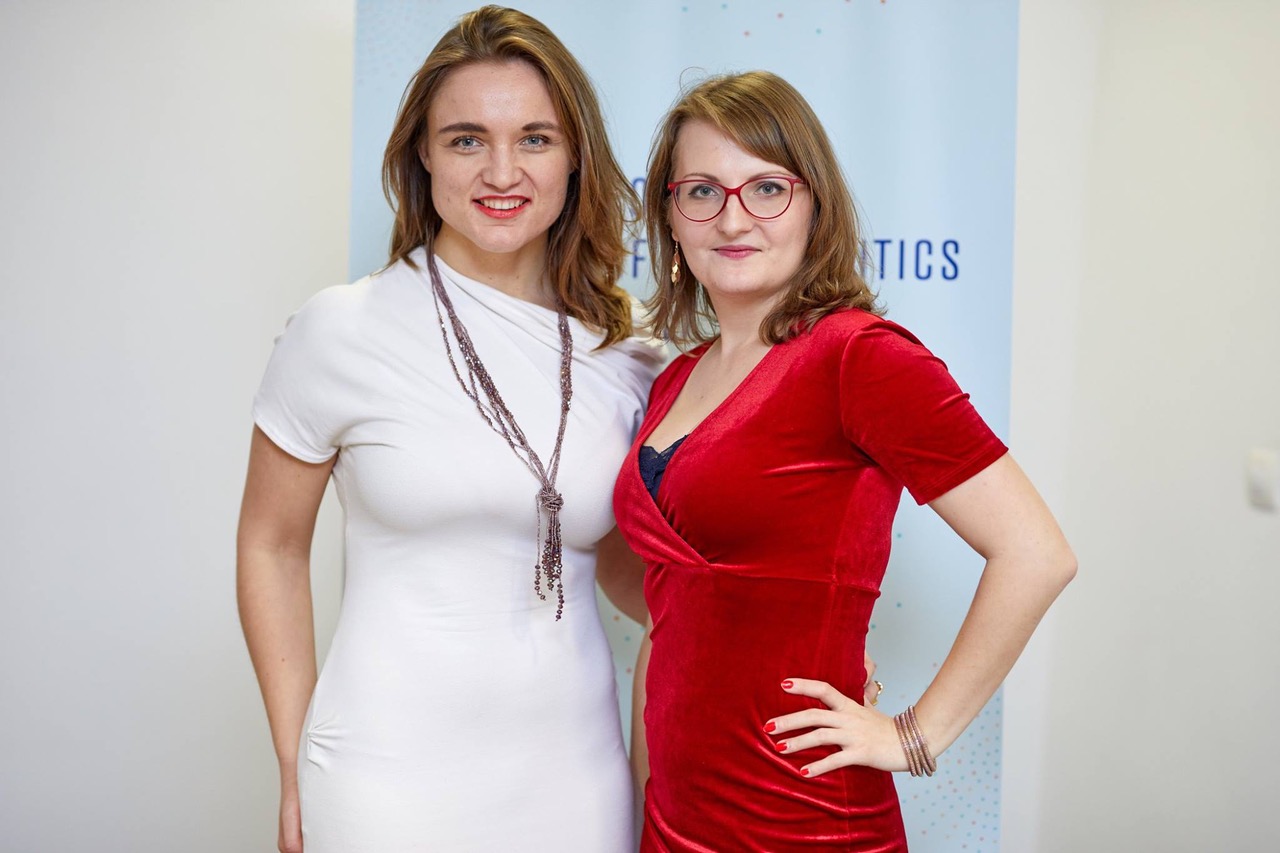

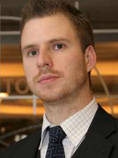
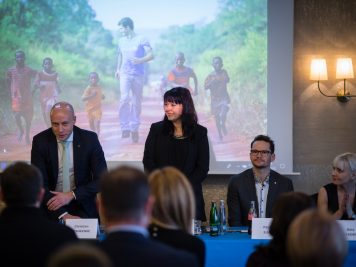
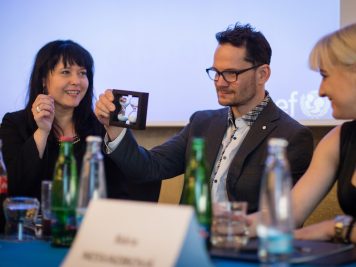
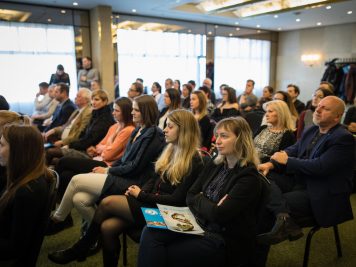

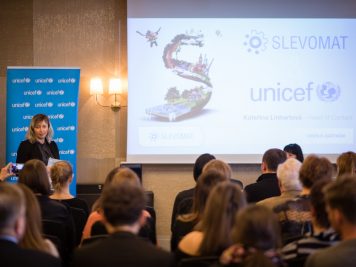
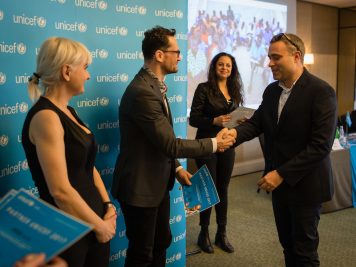
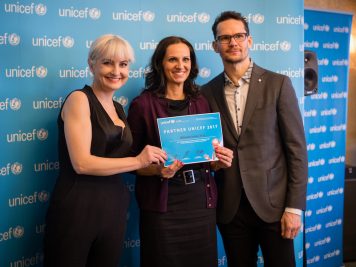
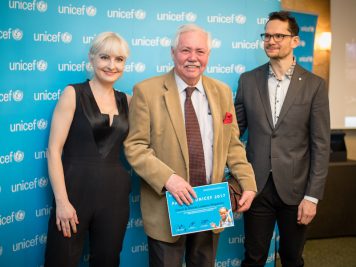
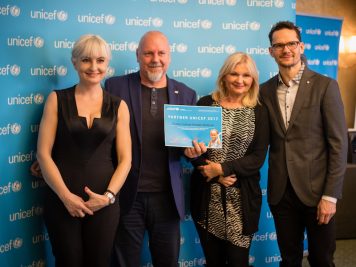
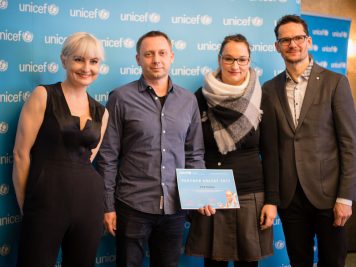
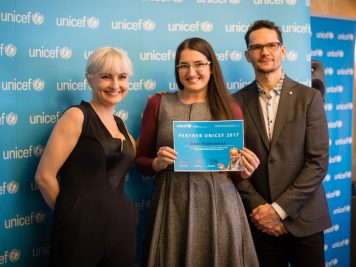










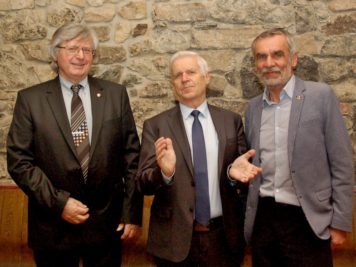

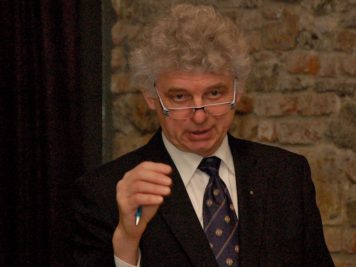
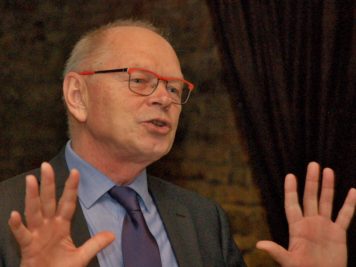
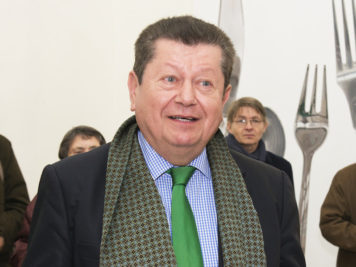
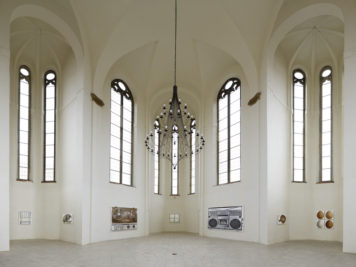
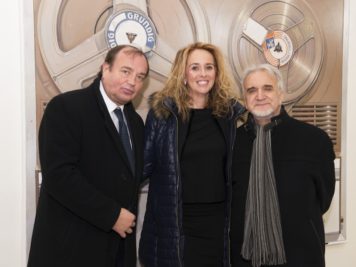

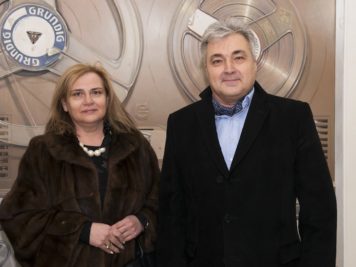
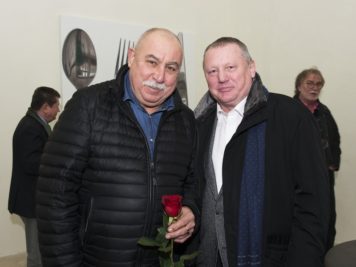
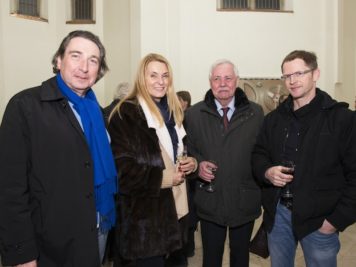
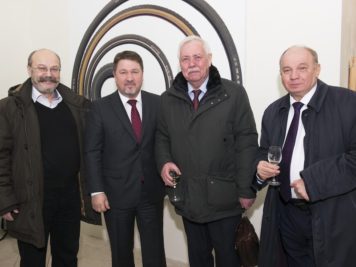
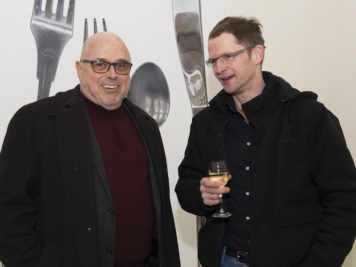
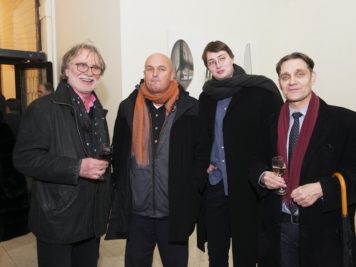
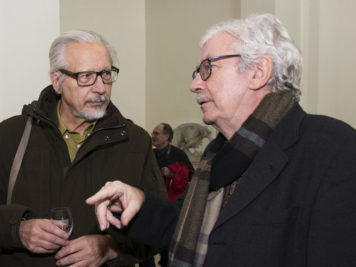
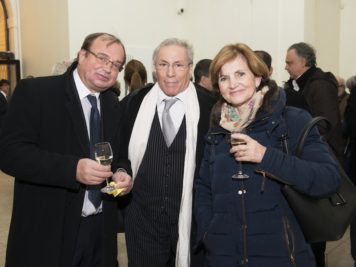
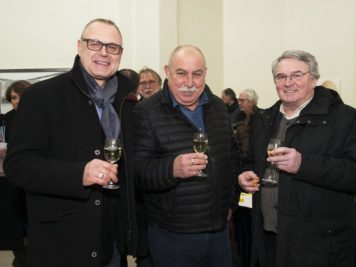
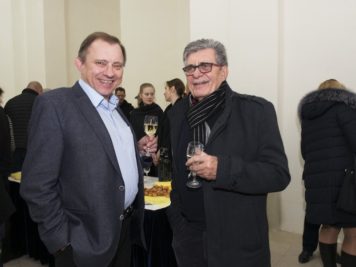




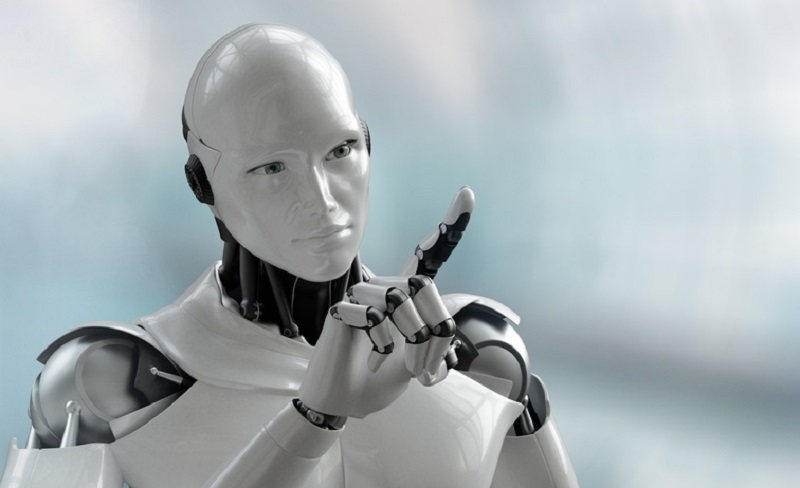

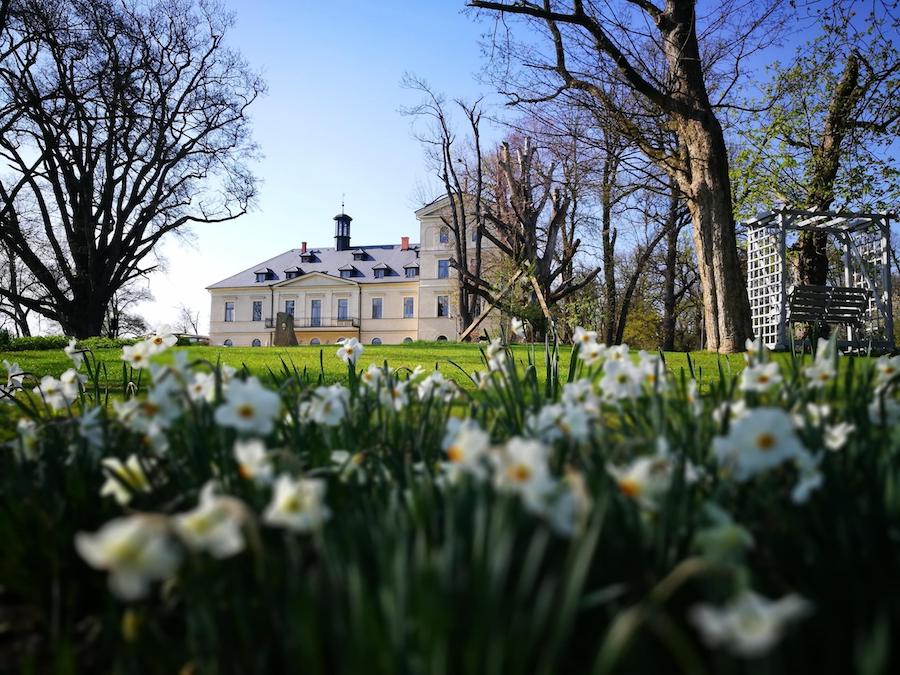
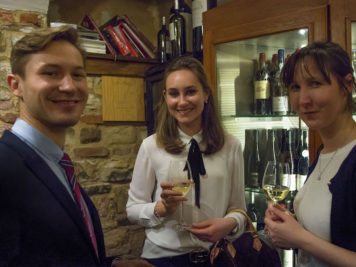
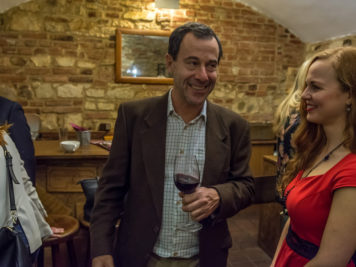
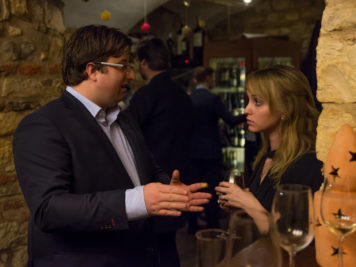
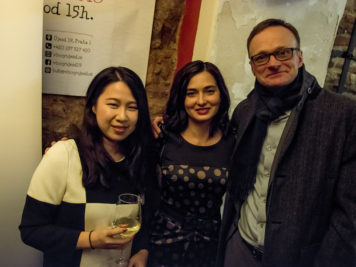
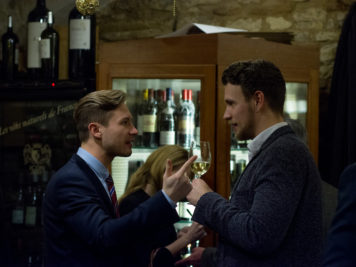
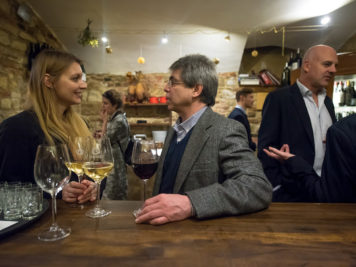
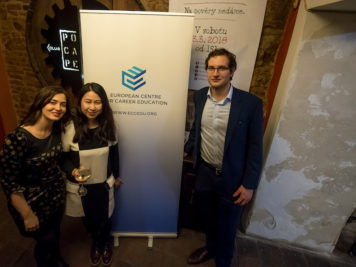

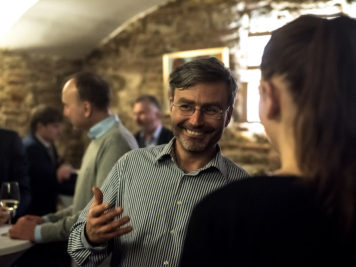
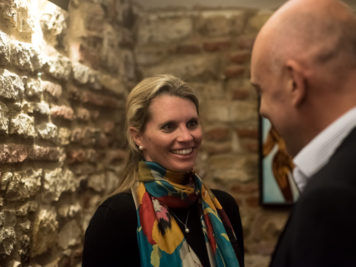

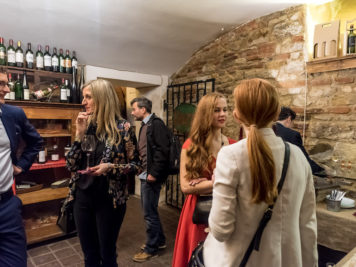
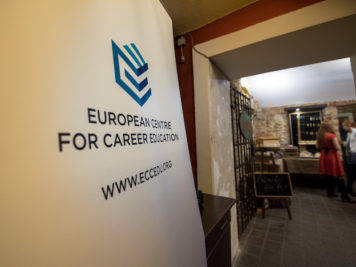
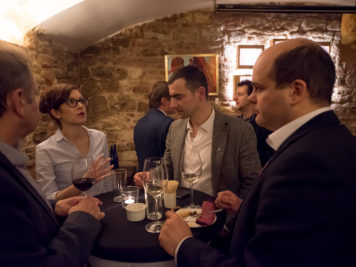


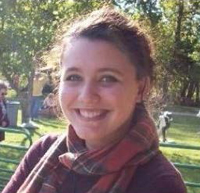
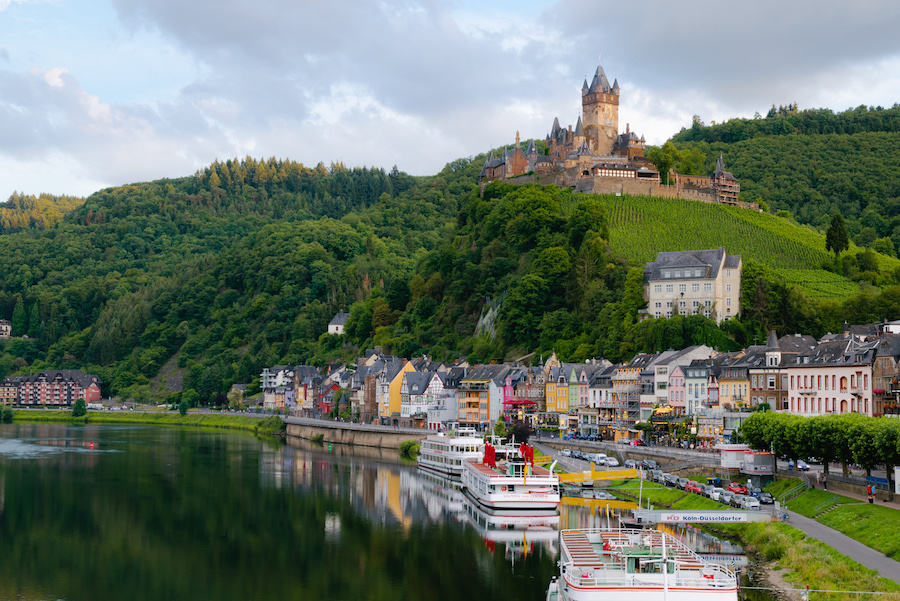
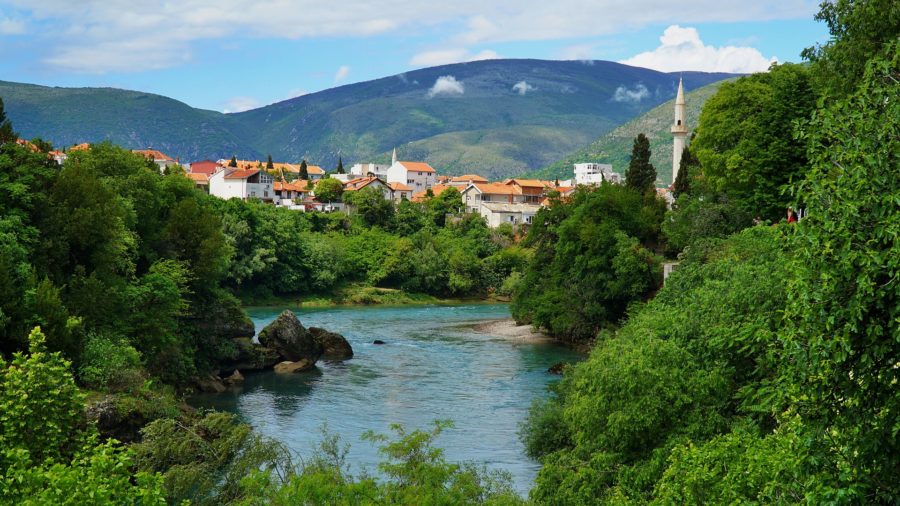
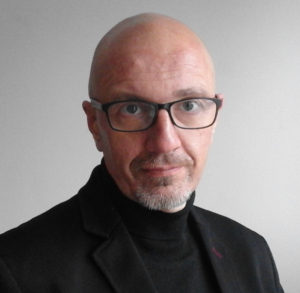
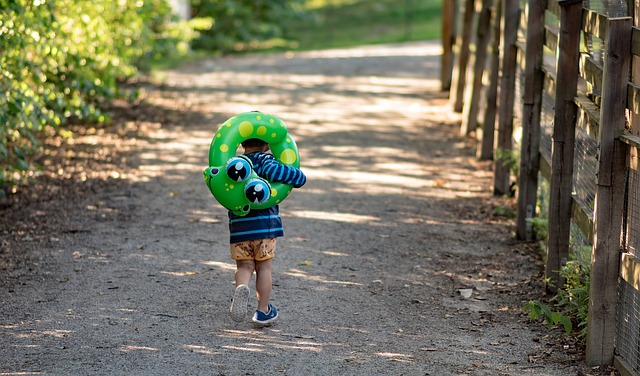










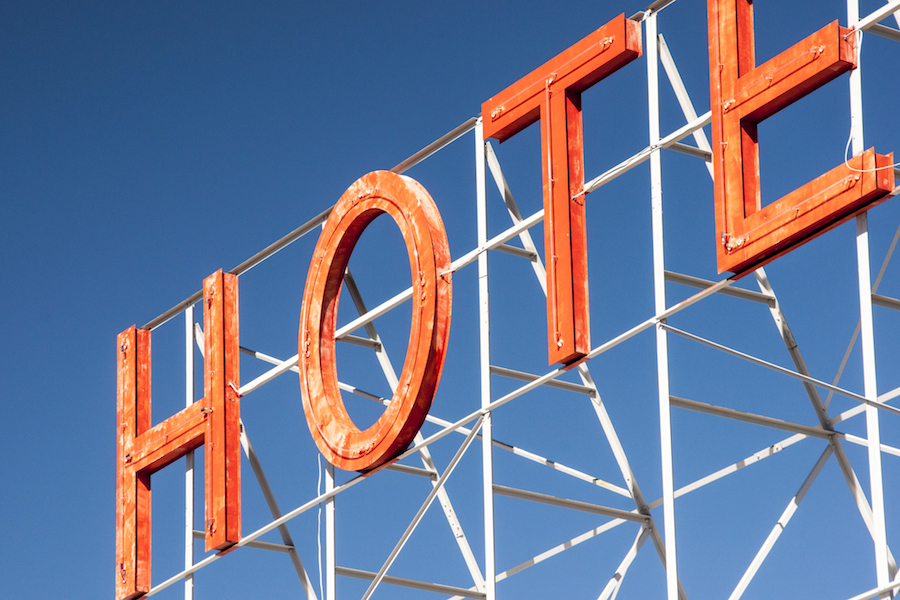
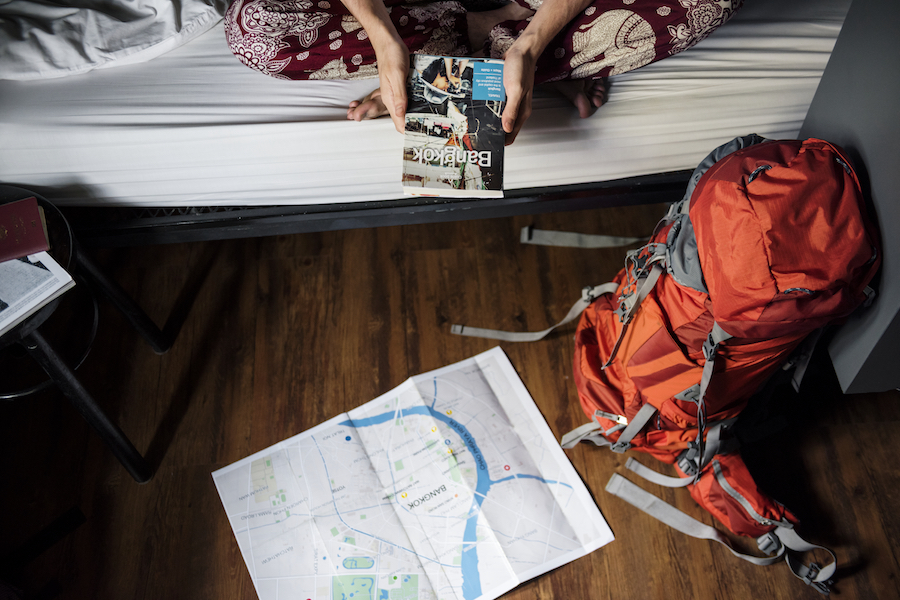
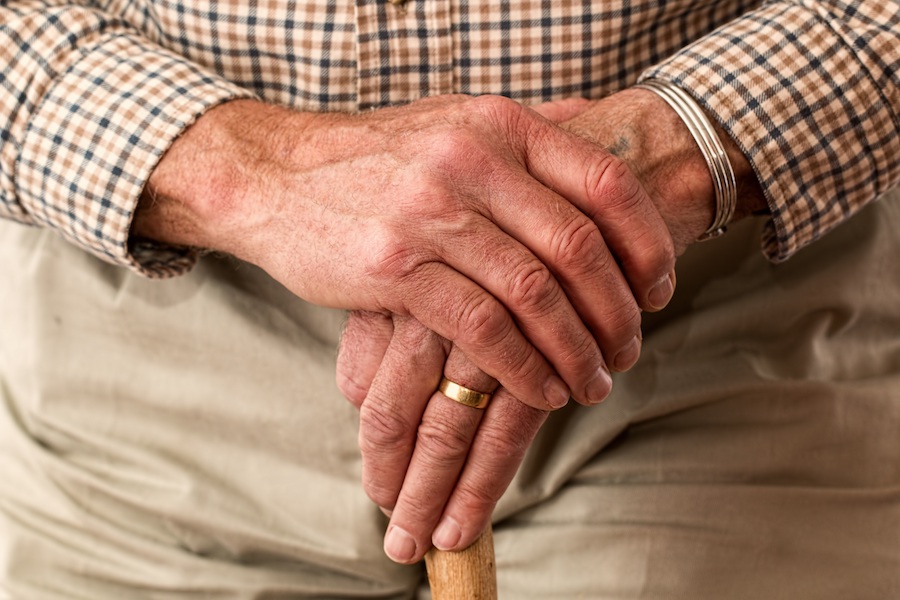
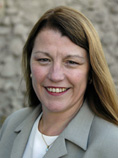 Daphne Foulkes,
Daphne Foulkes,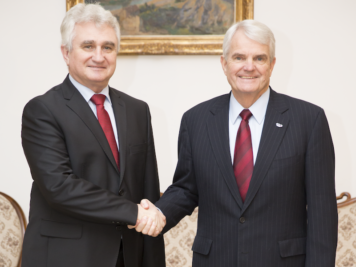
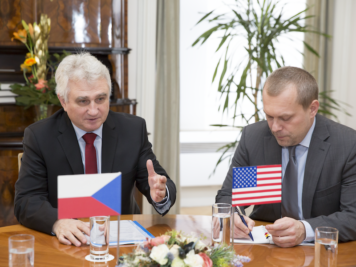

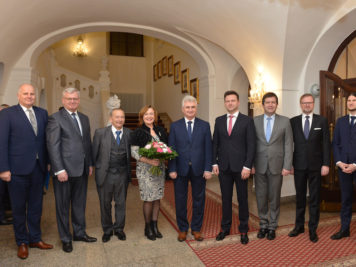
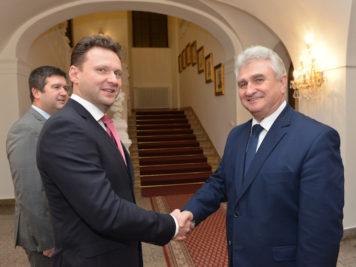
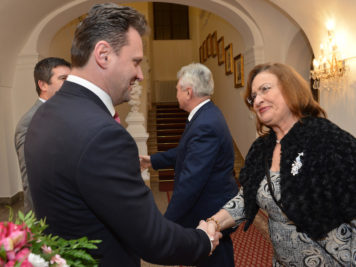
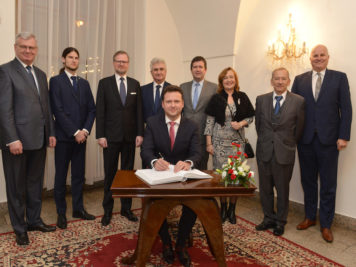
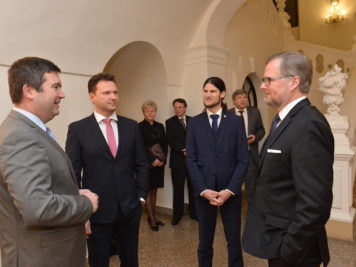
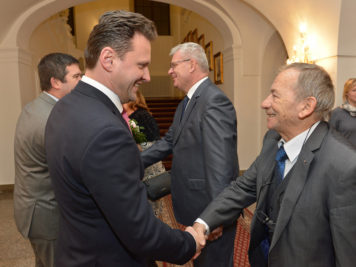
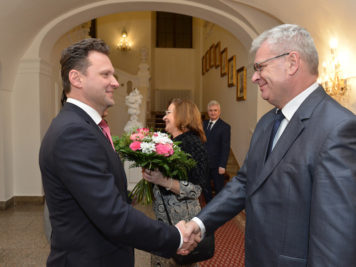
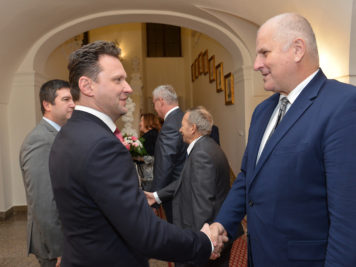
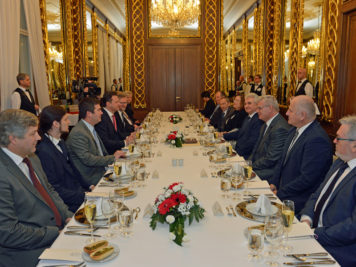

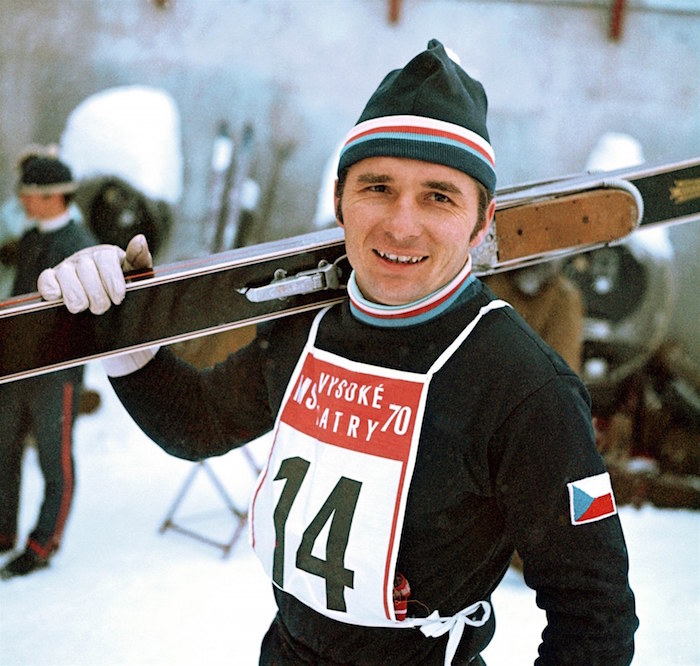
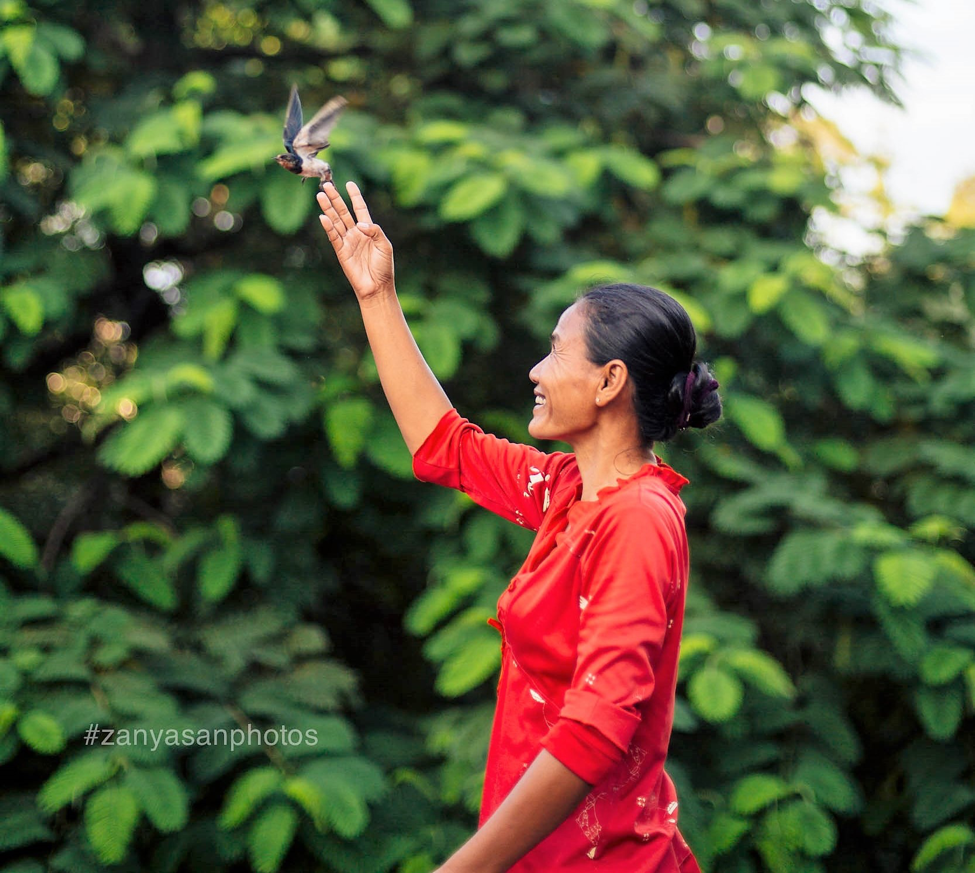
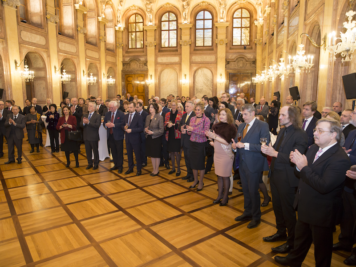
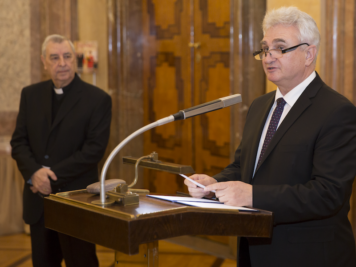
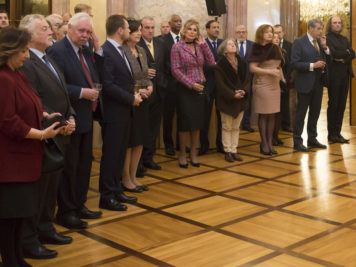
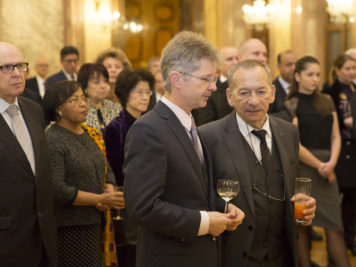
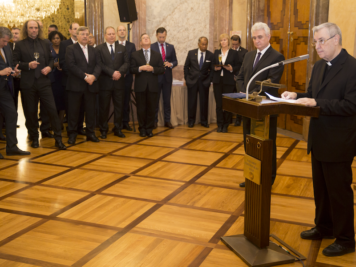
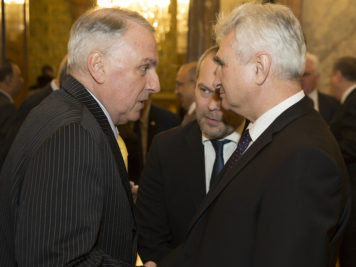
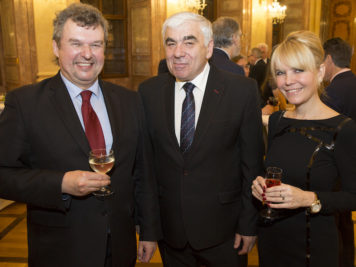
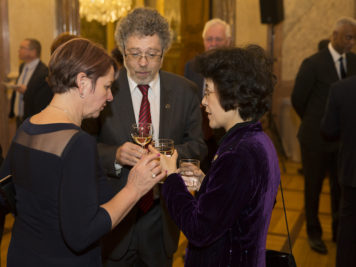
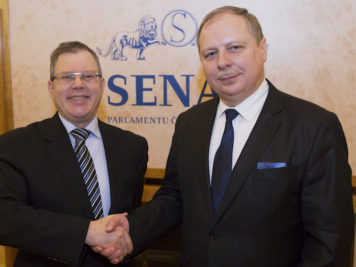
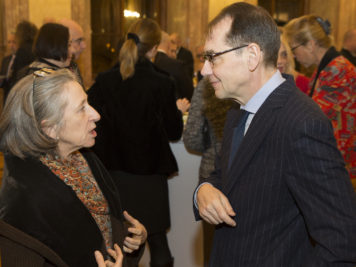
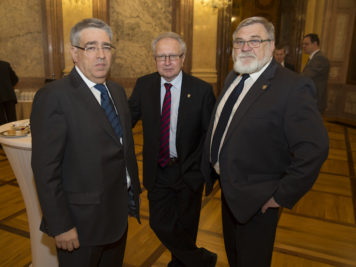

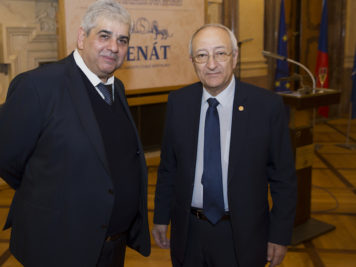
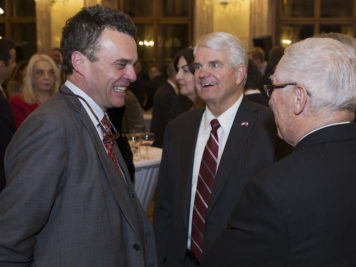


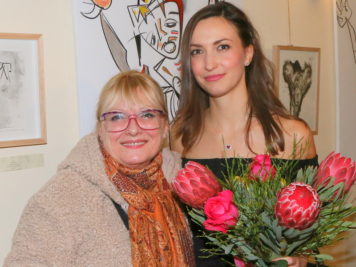
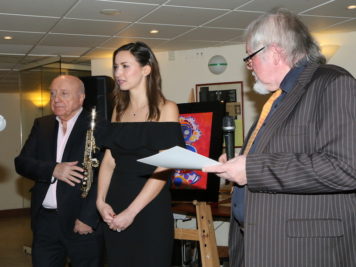
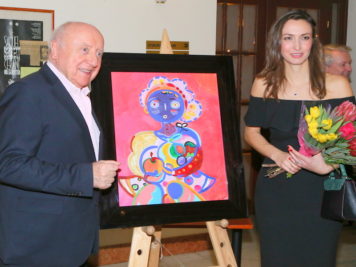

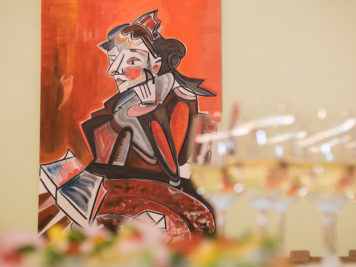
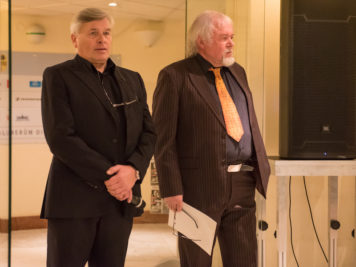
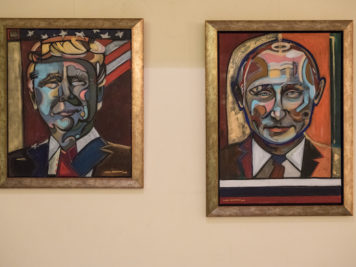
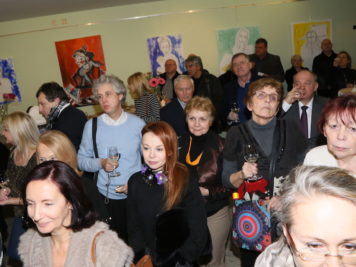
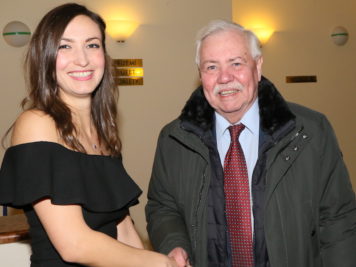


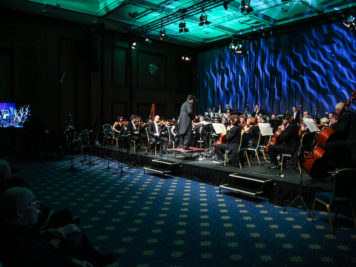
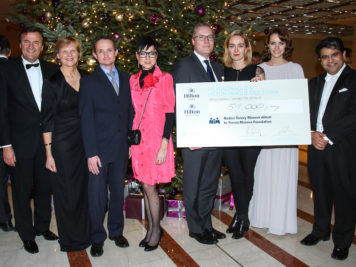
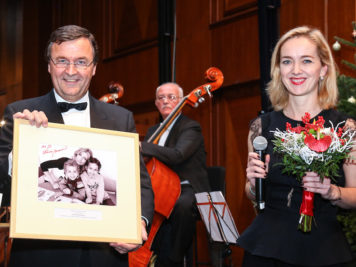
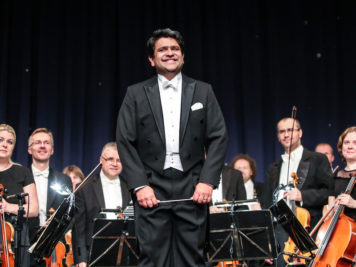

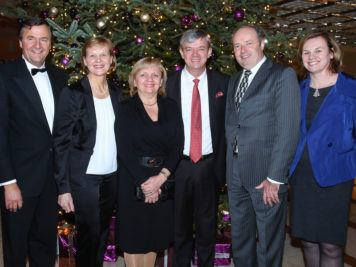
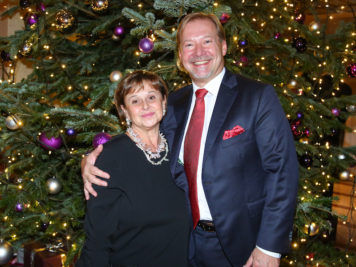
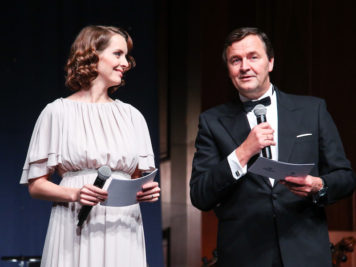


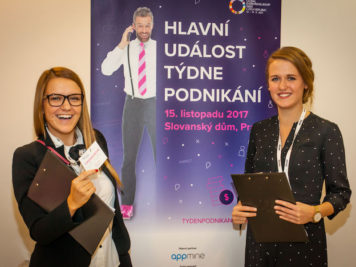
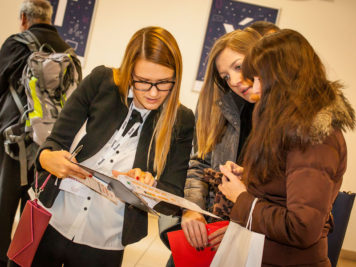
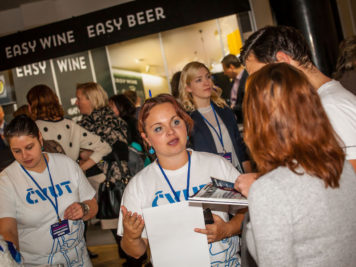
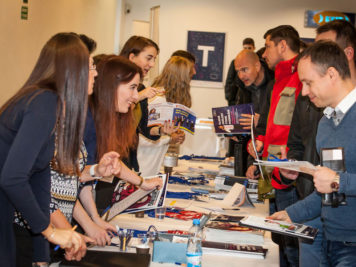
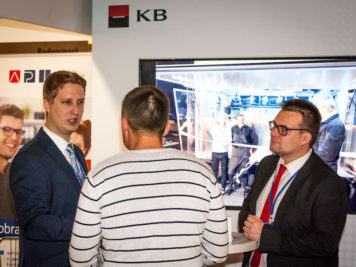
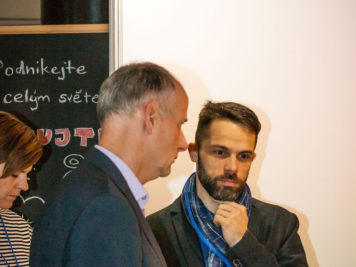
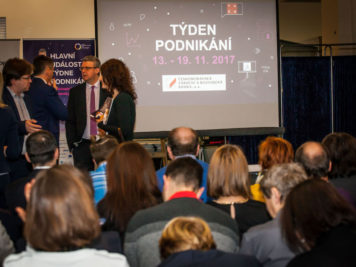
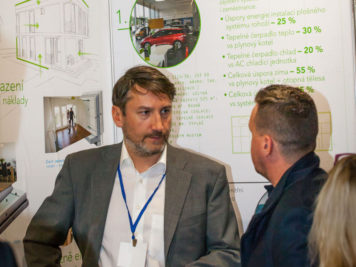
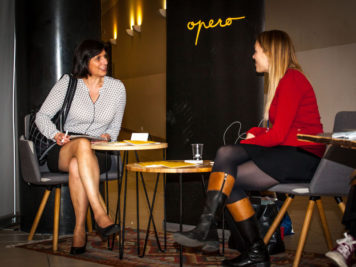
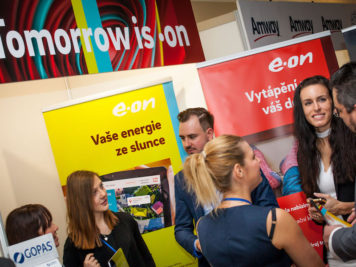
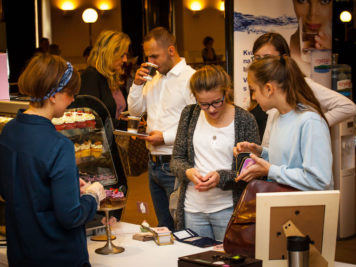
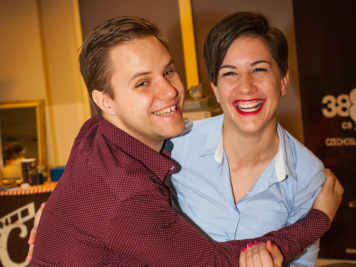
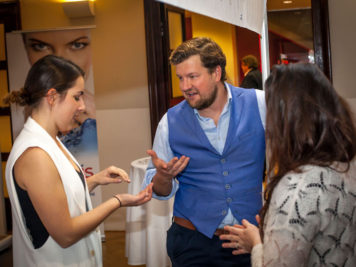
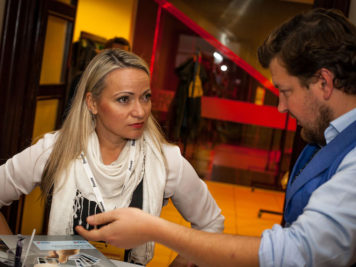

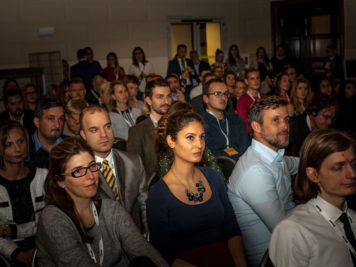
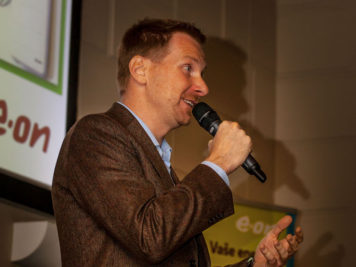
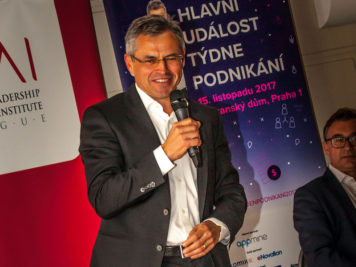
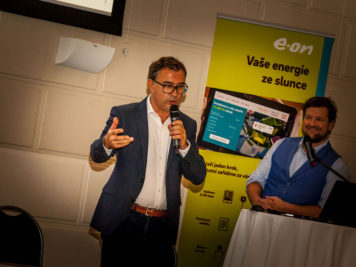
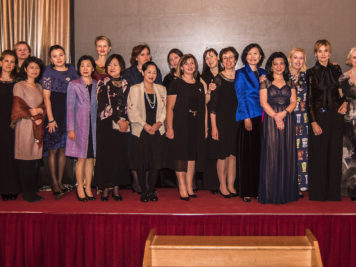

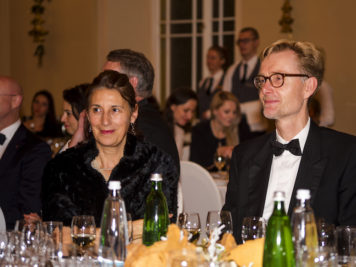
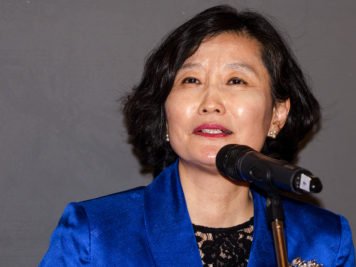
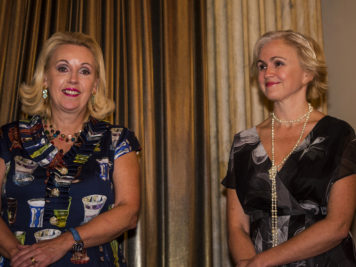
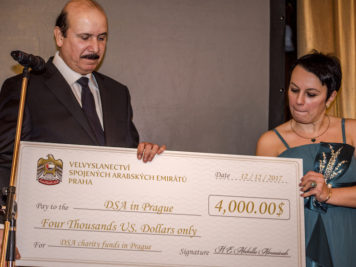

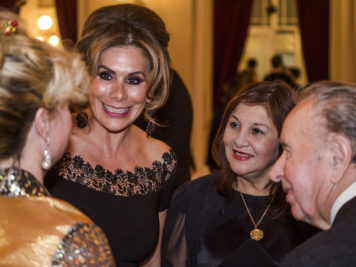
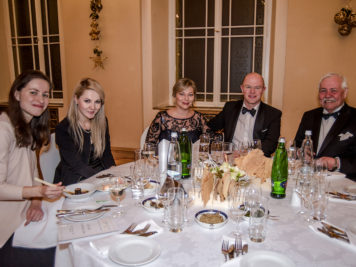

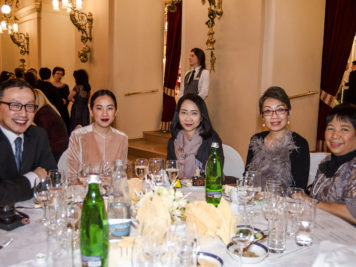
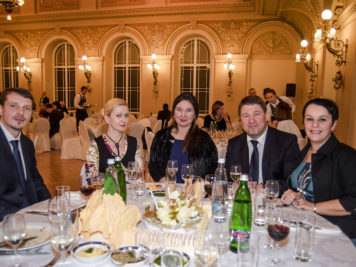
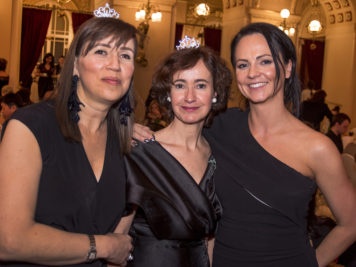
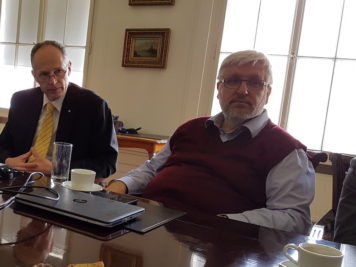
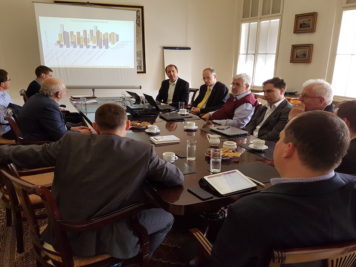
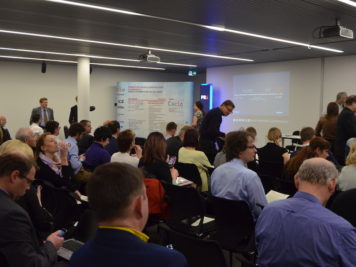
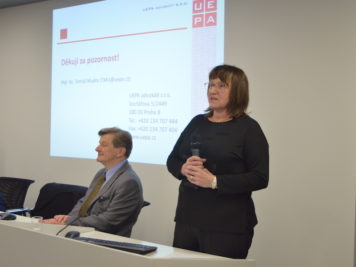
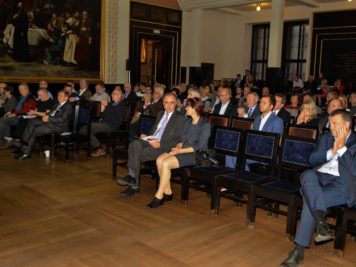
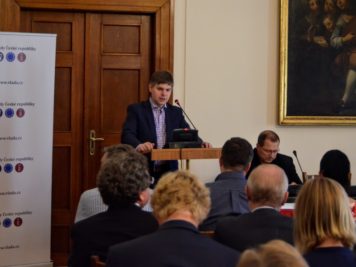
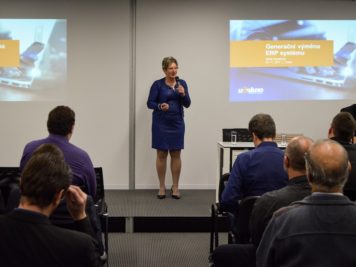
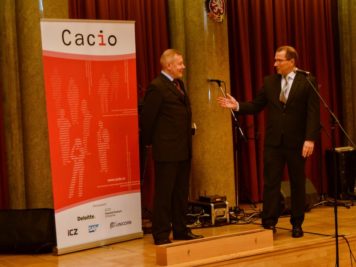

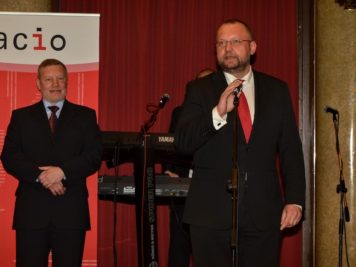
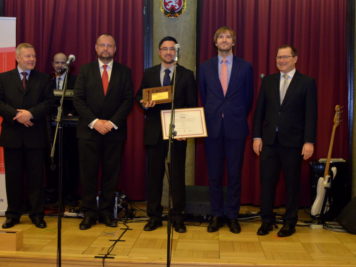
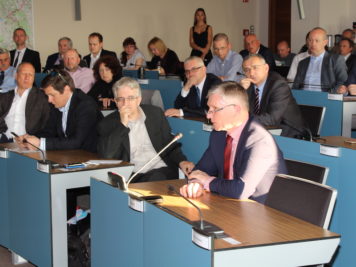
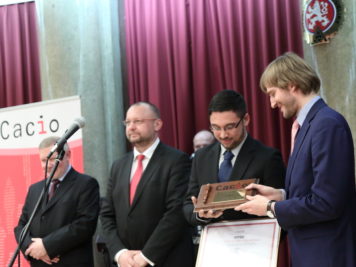
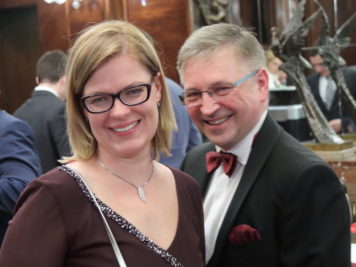
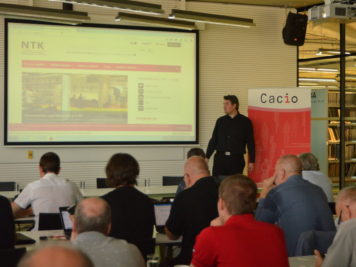
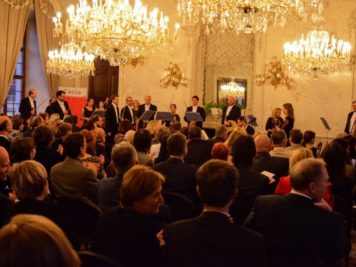
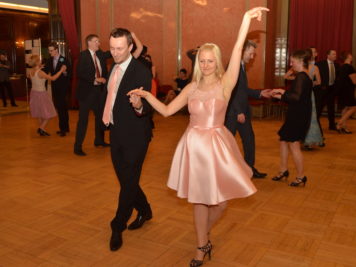
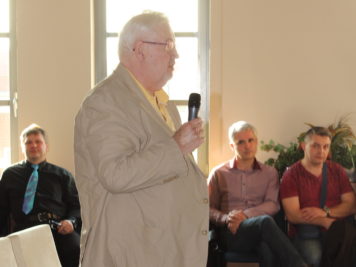
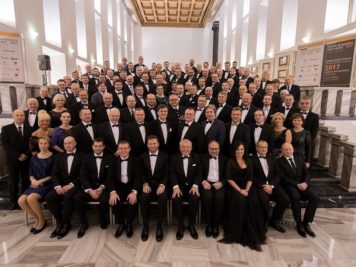

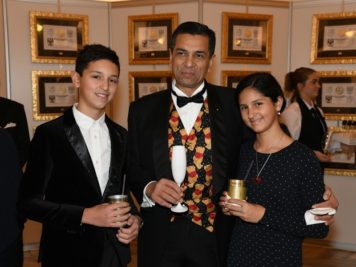

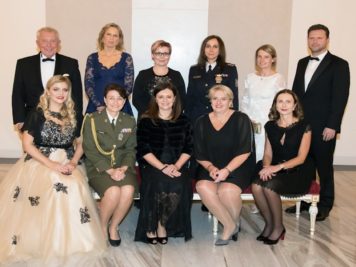


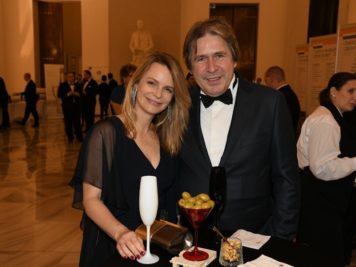
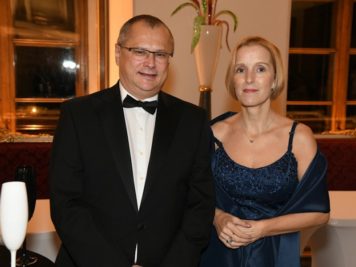
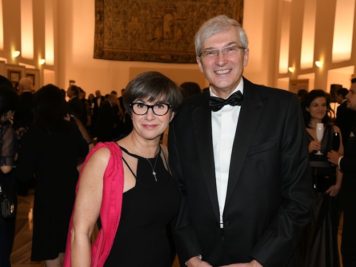
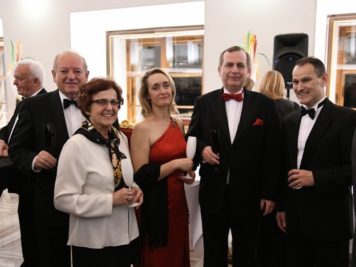
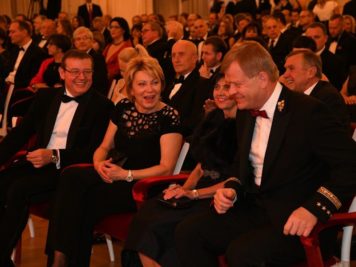
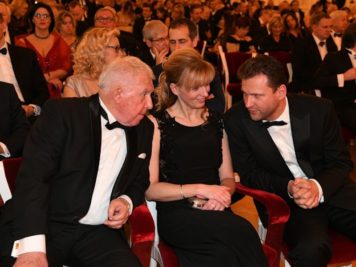
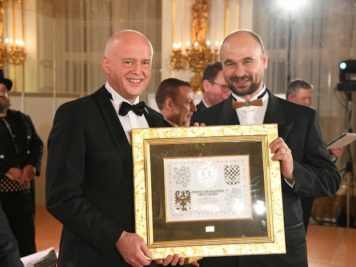
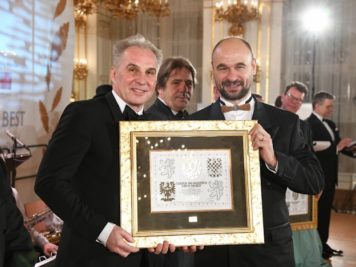
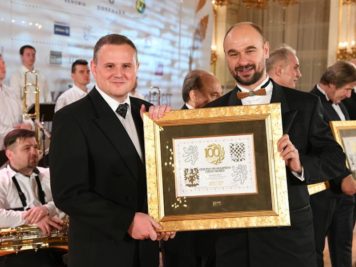
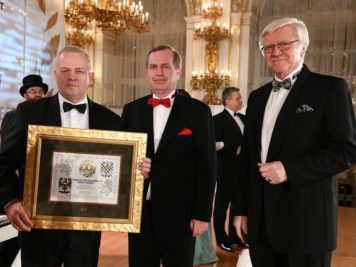

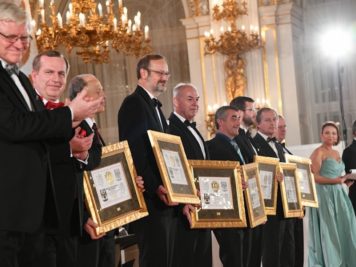
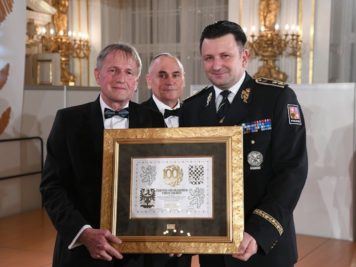
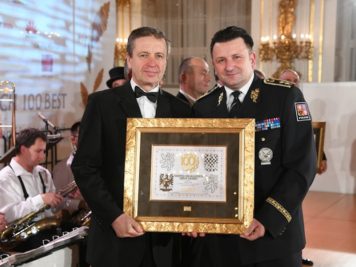
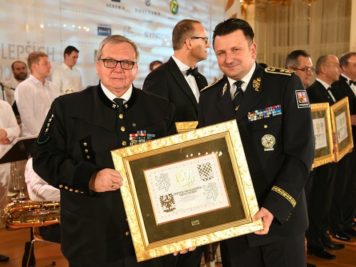
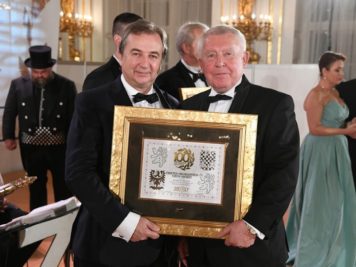
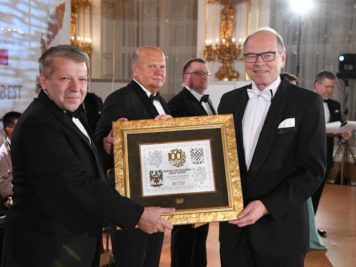
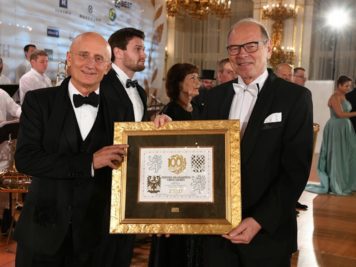
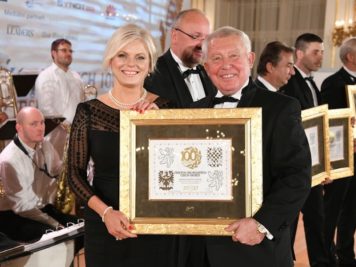
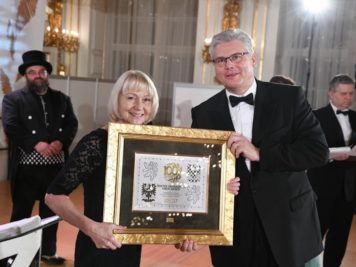
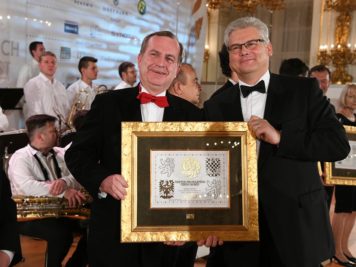

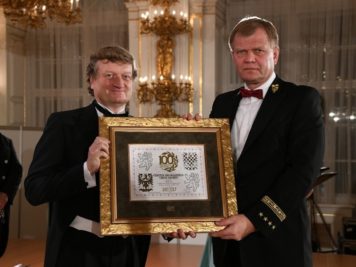
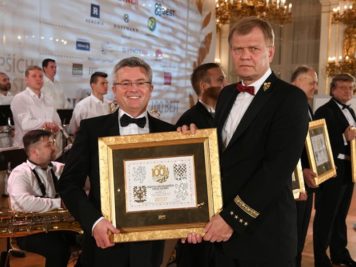
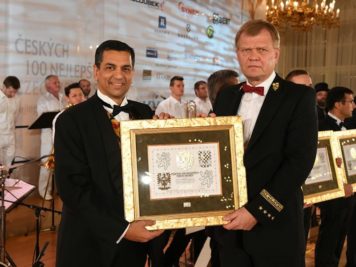
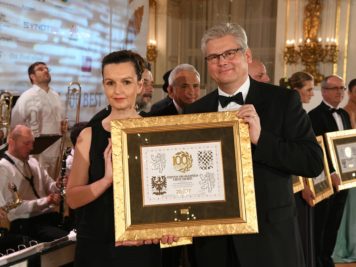
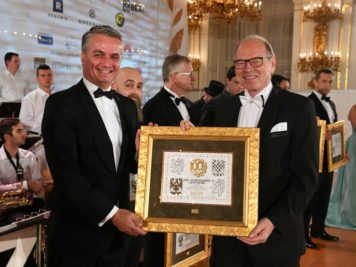
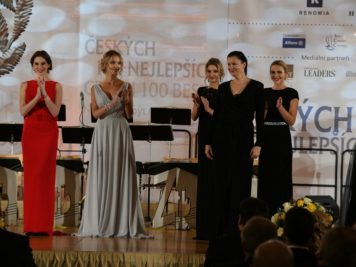
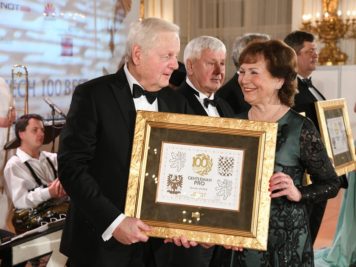
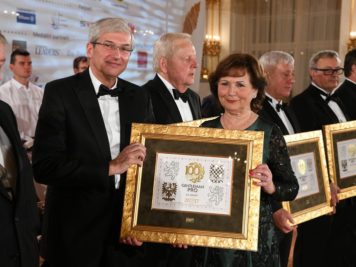
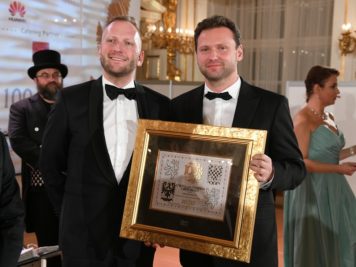
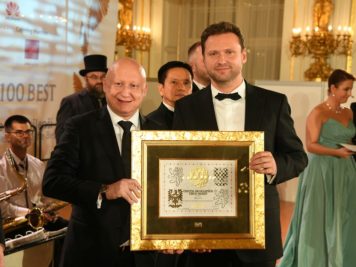
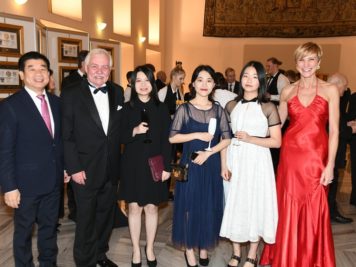
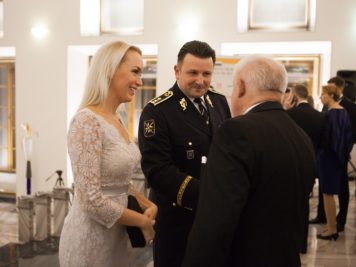

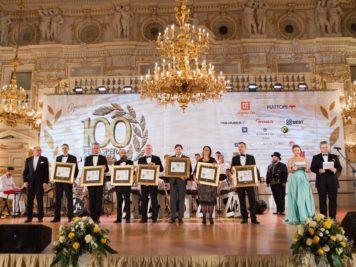
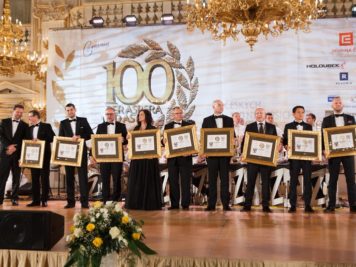
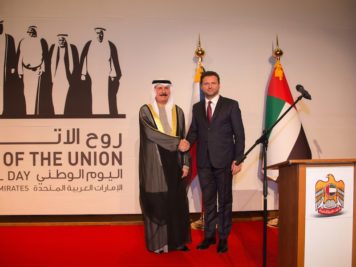
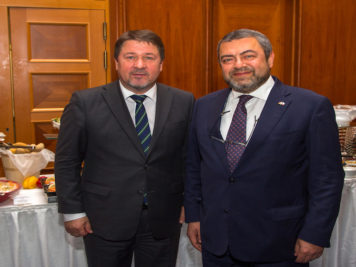
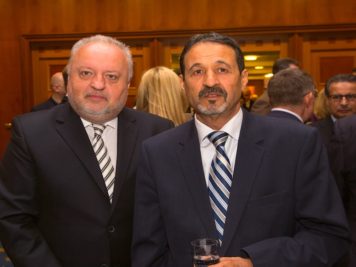
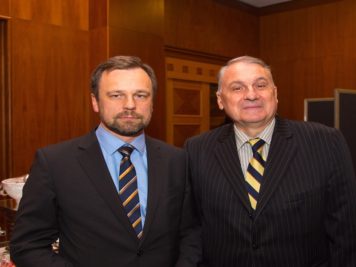
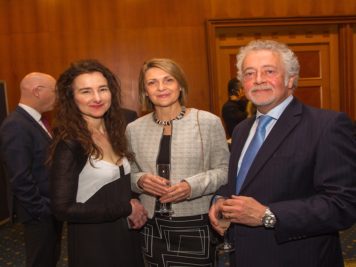
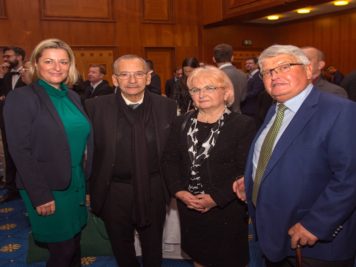
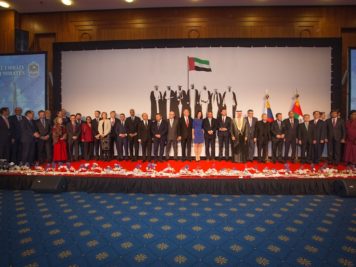
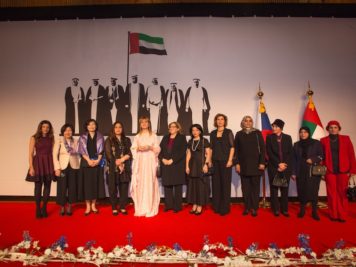
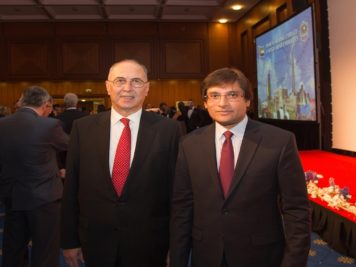
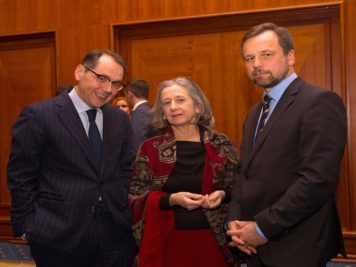
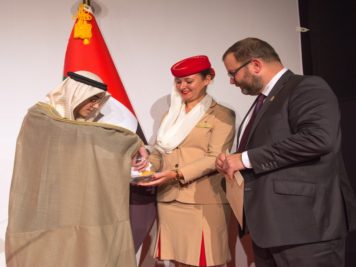
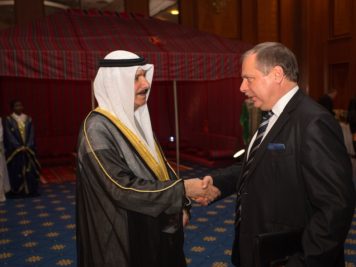

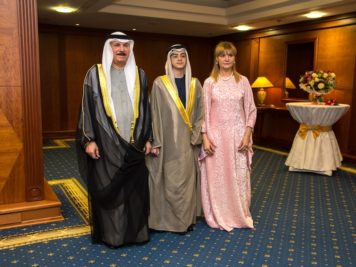
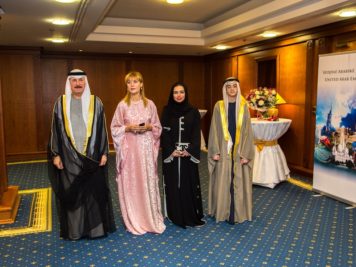
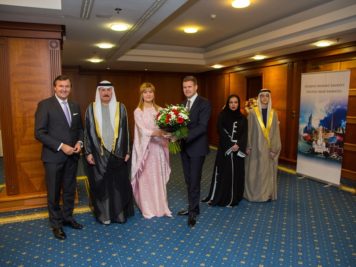
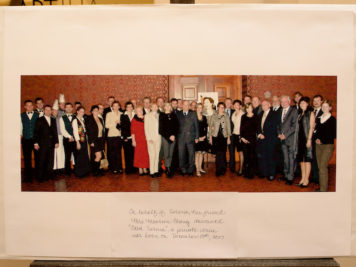
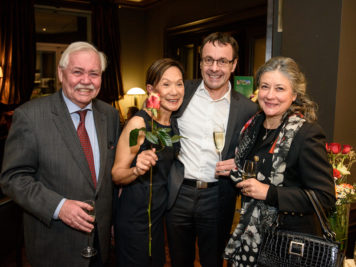
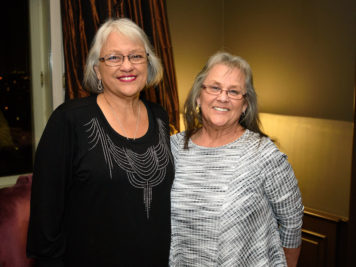
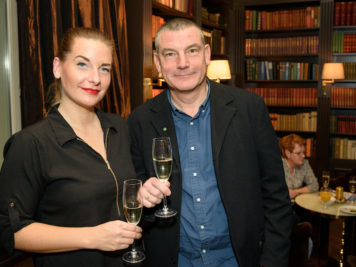
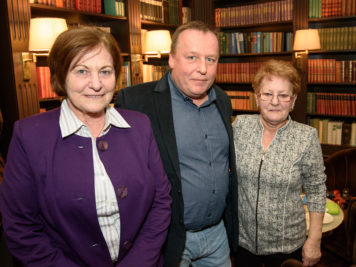
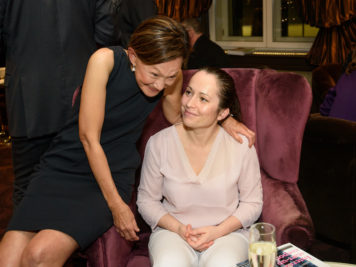
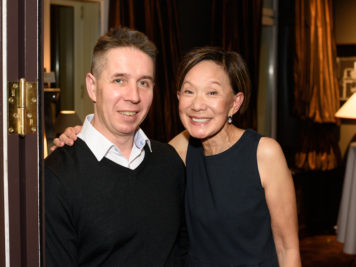
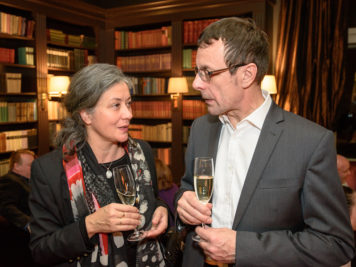
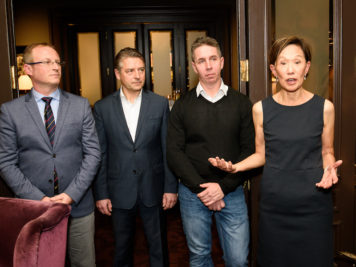
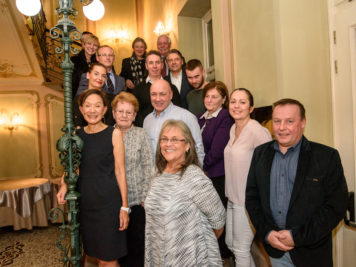
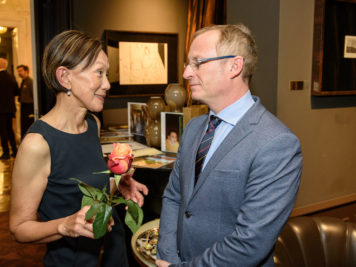

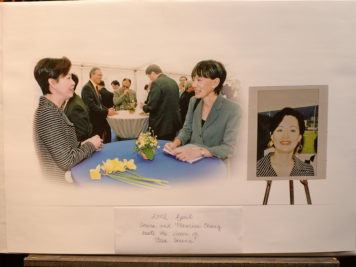
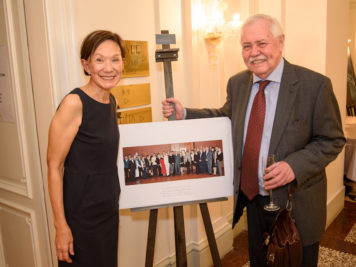








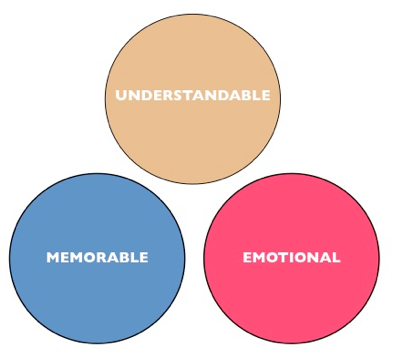
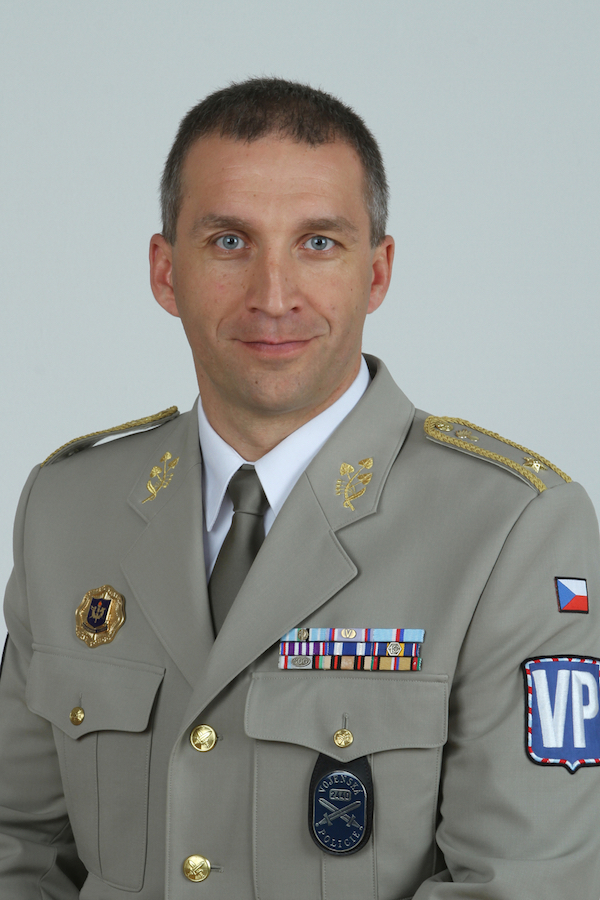
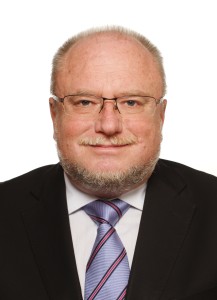 The term of the former Czech government saw a gradual recovery from protracted economic crisis and a remarkable growth of GDP. The overwhelming part of the effect, however, was not attributable to the government’s activities, but to the several years of devaluation of Czech koruna (CZK) and to exaggerated austerity measures of the previous ring-centre government. The space created by such an “economic trampoline” was in fact not used by the government for pro-growth measures, e.g. investment support of new technologies, science and education, but more or less spent in partial and easy-to-present expenses in the social and employee sphere. No palpable progress could be recorded in the inevitable and overdue social security and health service reforms.
The term of the former Czech government saw a gradual recovery from protracted economic crisis and a remarkable growth of GDP. The overwhelming part of the effect, however, was not attributable to the government’s activities, but to the several years of devaluation of Czech koruna (CZK) and to exaggerated austerity measures of the previous ring-centre government. The space created by such an “economic trampoline” was in fact not used by the government for pro-growth measures, e.g. investment support of new technologies, science and education, but more or less spent in partial and easy-to-present expenses in the social and employee sphere. No palpable progress could be recorded in the inevitable and overdue social security and health service reforms.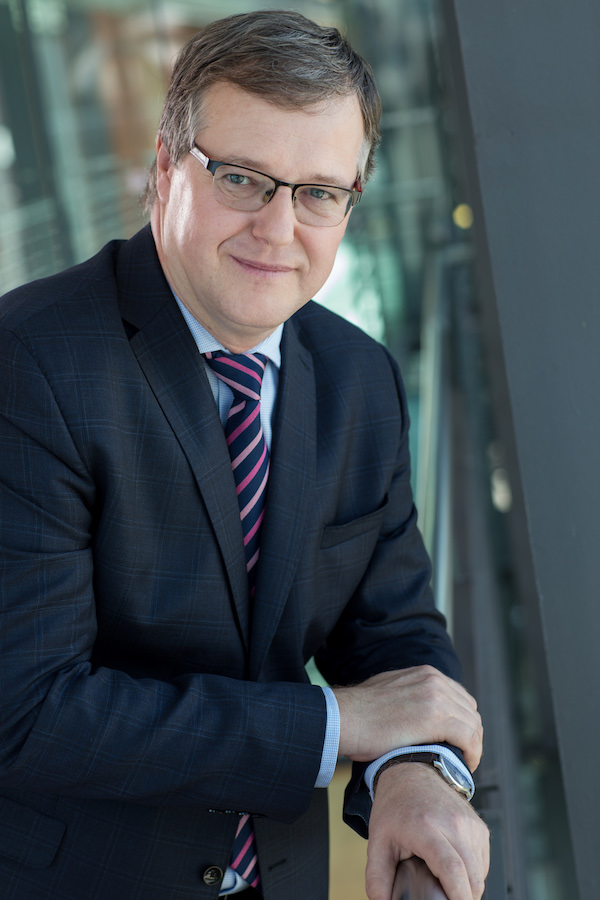
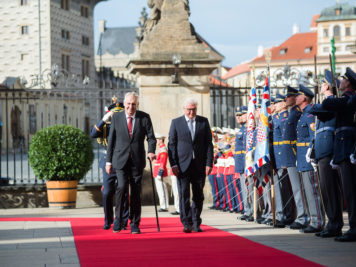
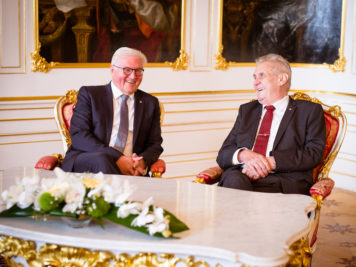
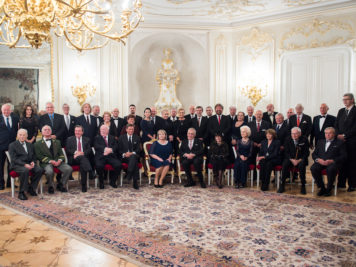
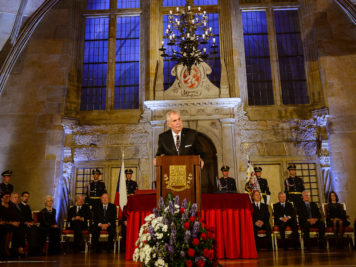
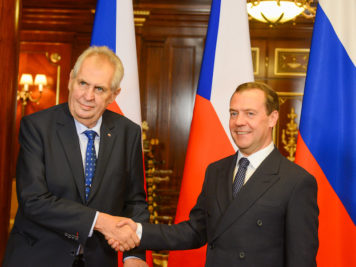
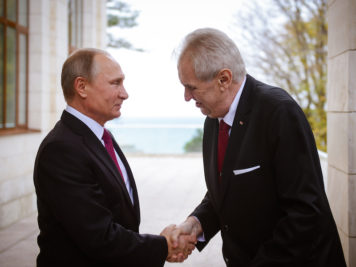
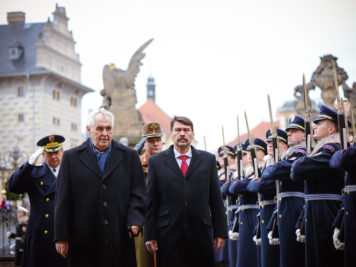
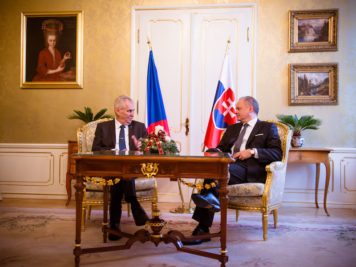
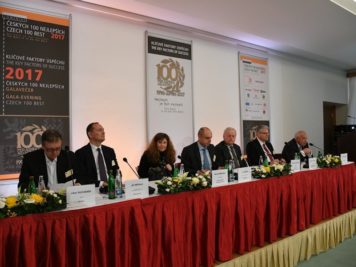
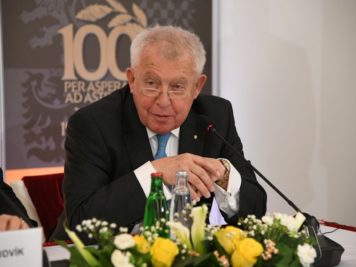
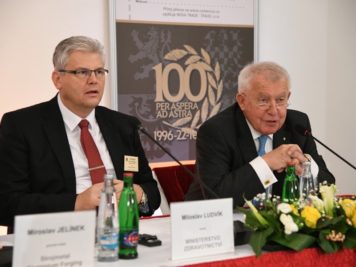
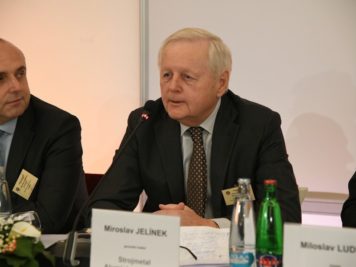
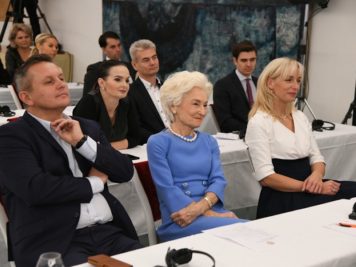
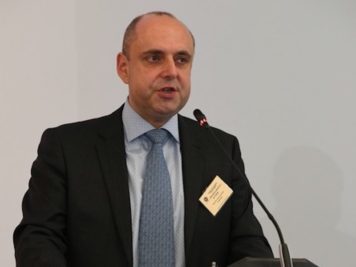
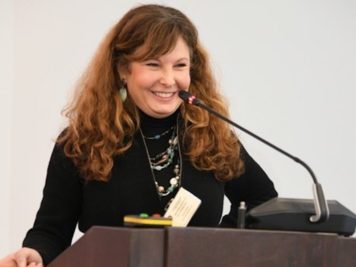
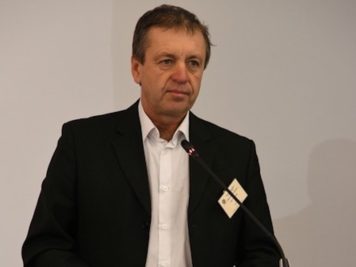
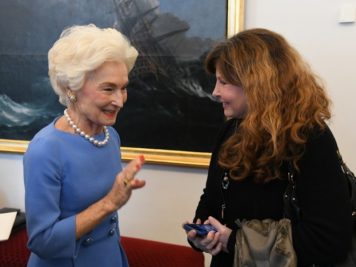
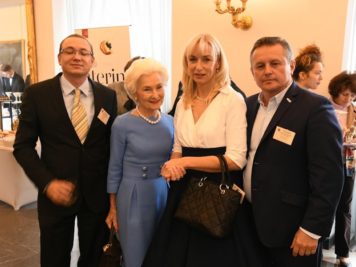
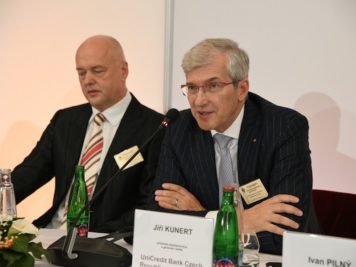
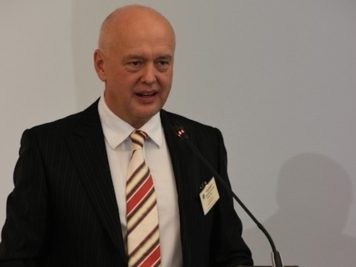

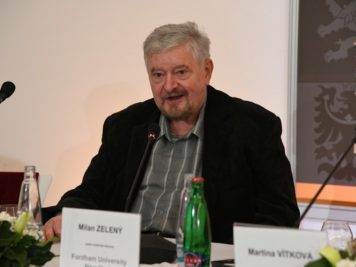
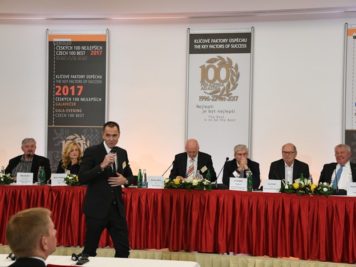















 Public relations (PR) has been around longer than most people realise; however, there’s never been such an exciting and challenging time to work in PR as we shift to direct engagement with the public thanks to the internet and social media.
Public relations (PR) has been around longer than most people realise; however, there’s never been such an exciting and challenging time to work in PR as we shift to direct engagement with the public thanks to the internet and social media.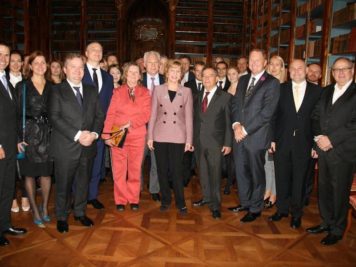
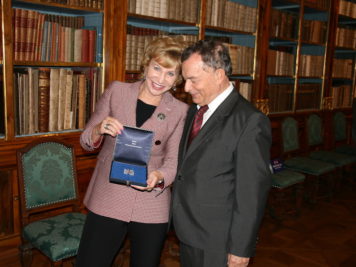
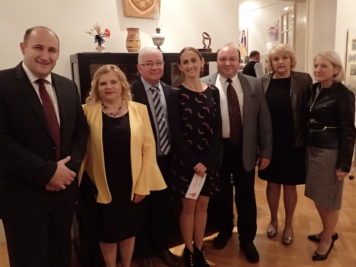
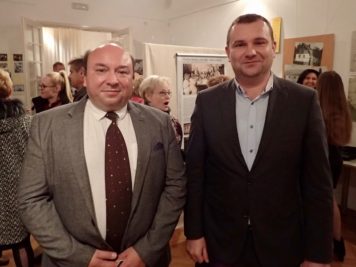
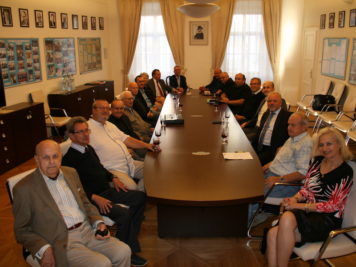
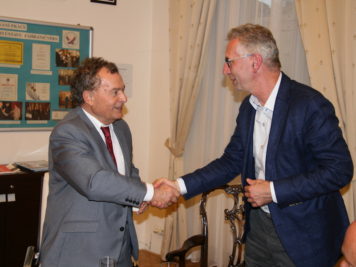
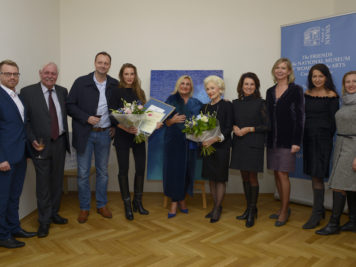
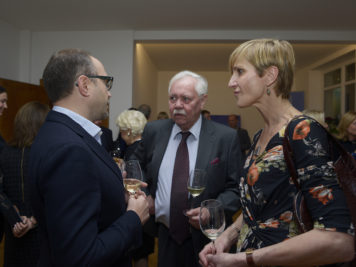
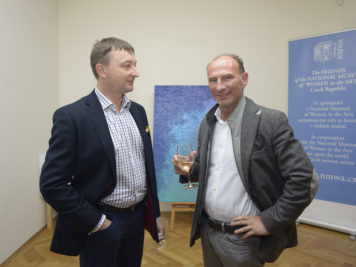
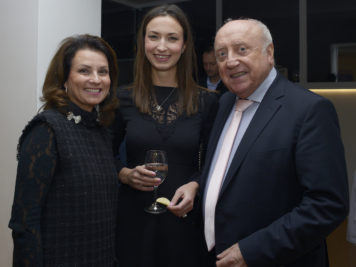
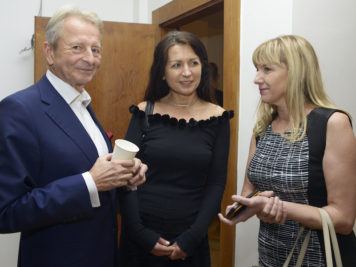
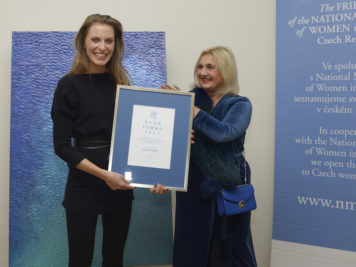
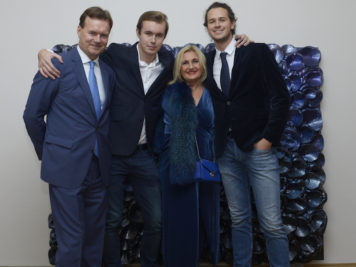
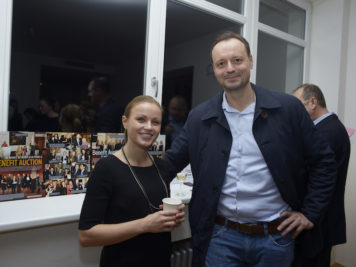
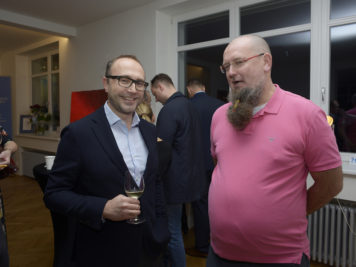

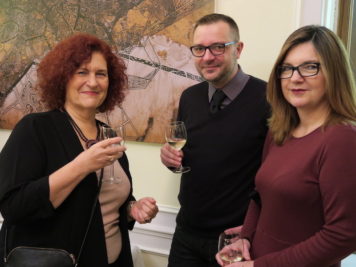
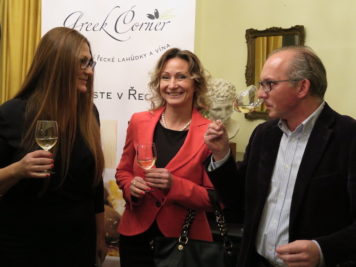
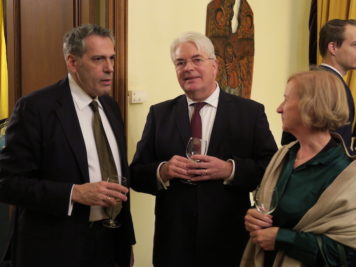
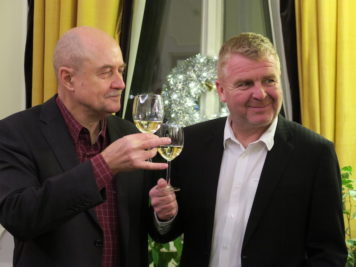
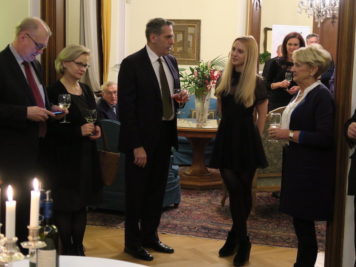
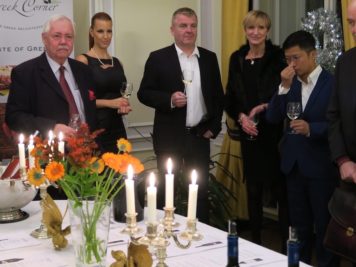
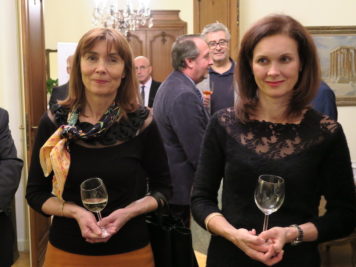
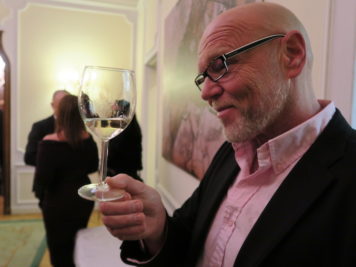
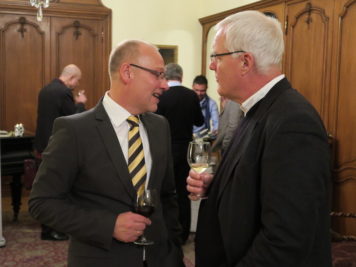
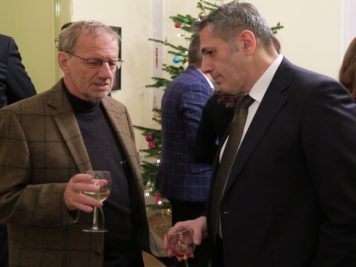
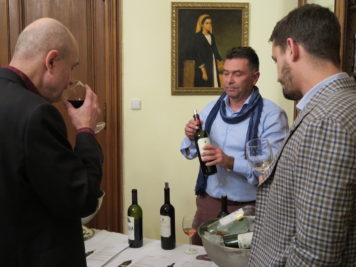
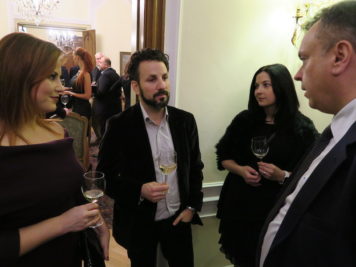
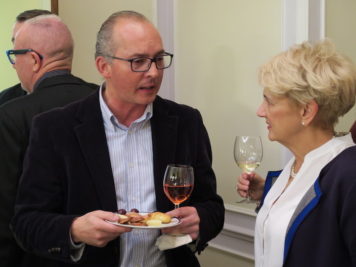
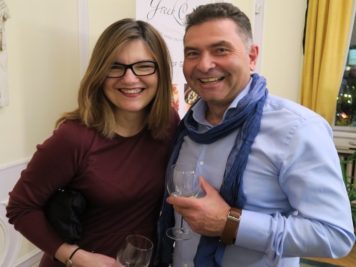
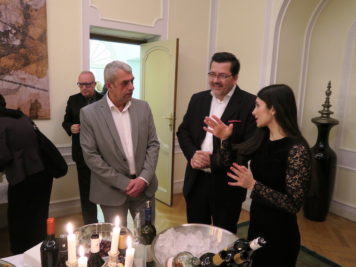
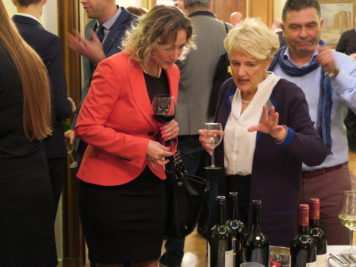
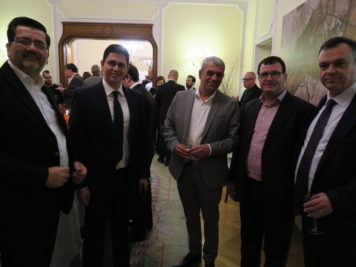
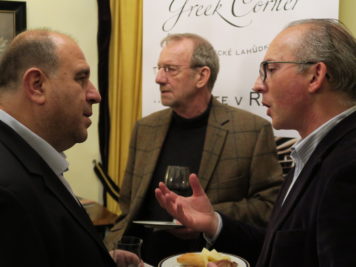
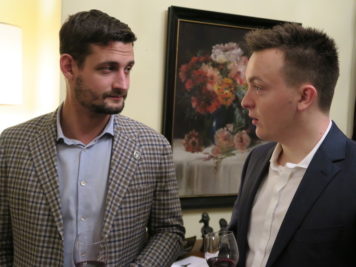
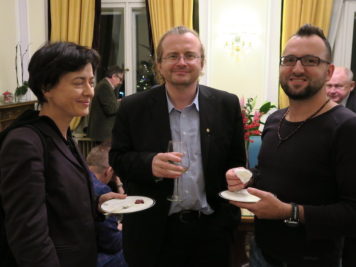
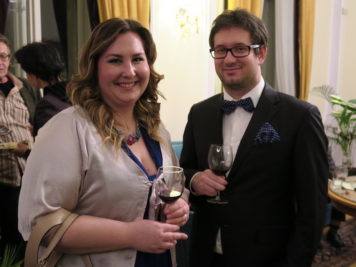
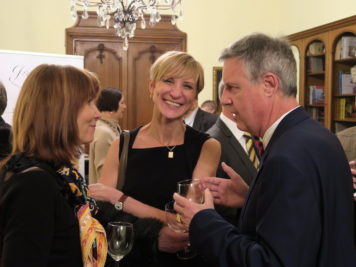
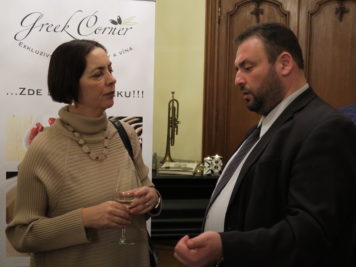
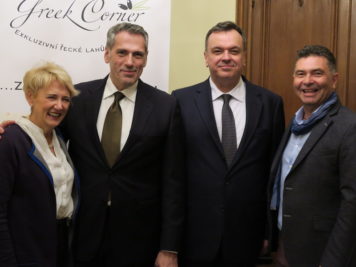

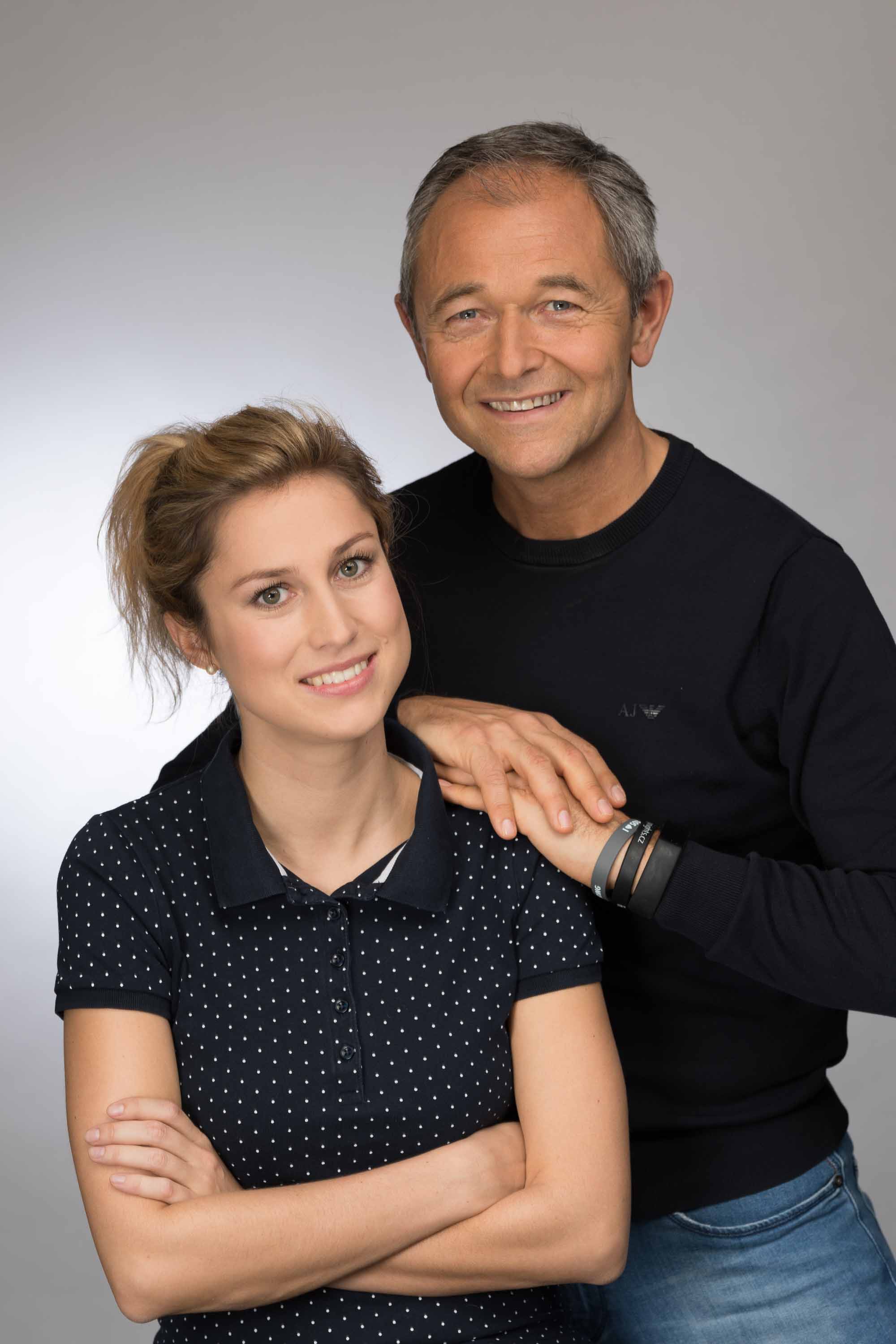
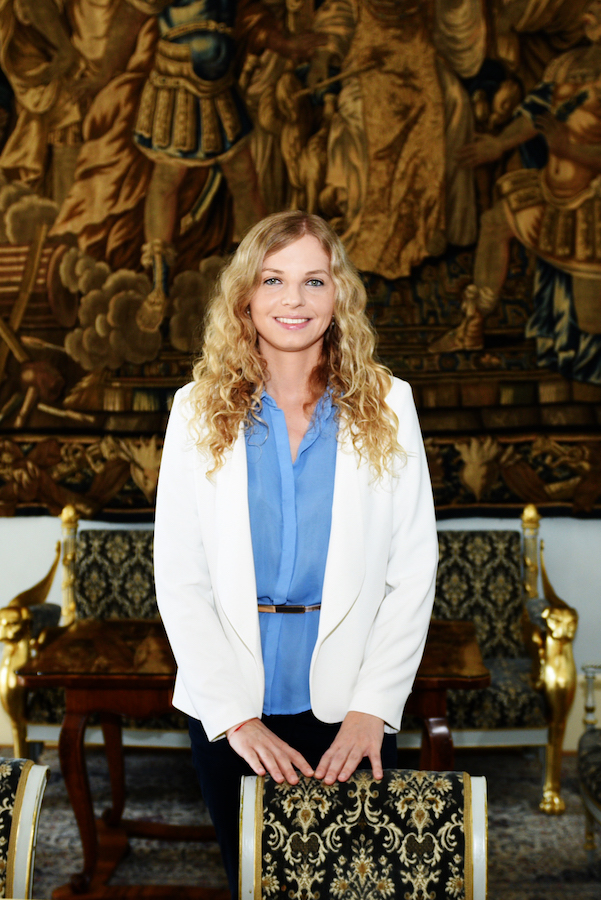
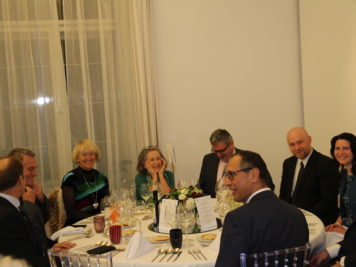
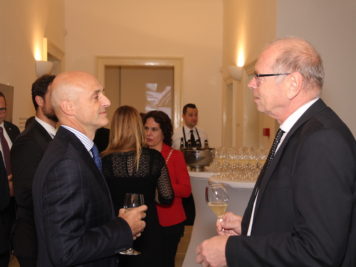
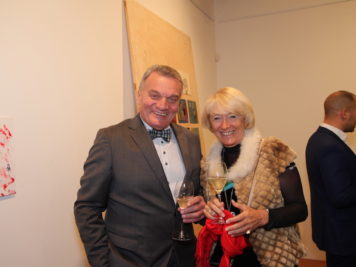
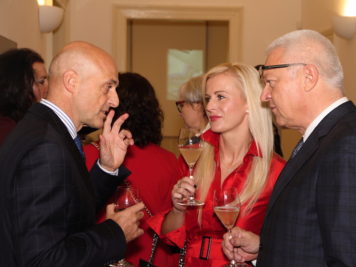
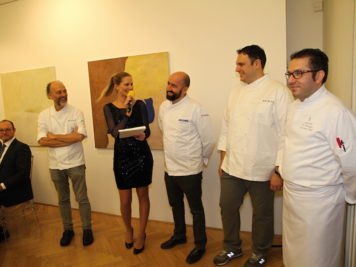
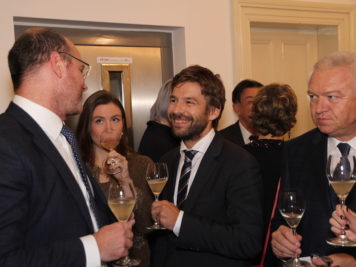
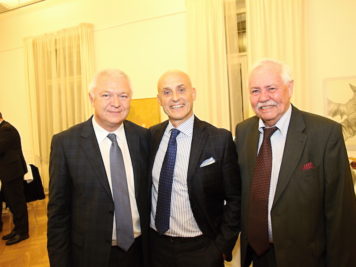
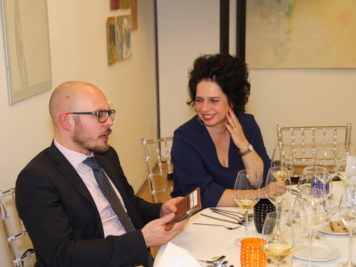
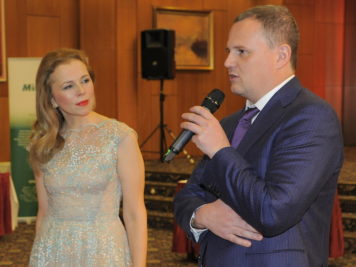
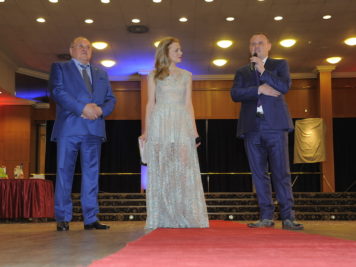
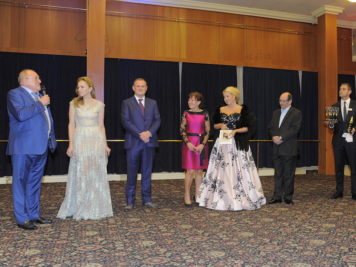

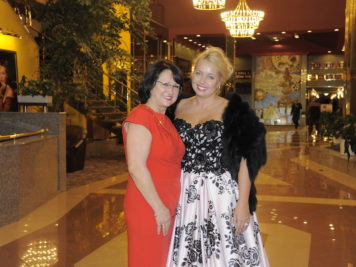

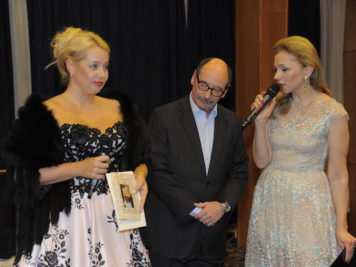
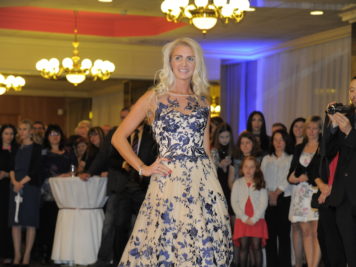



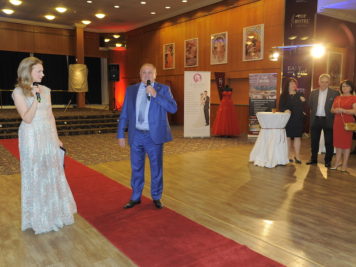
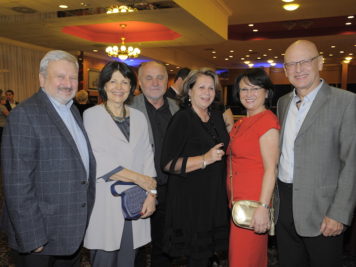
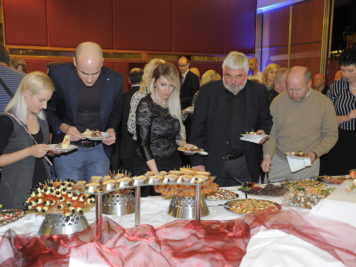

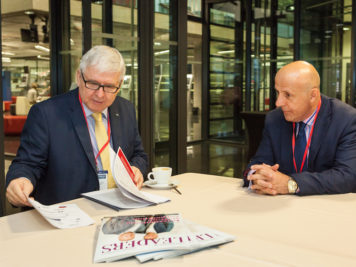











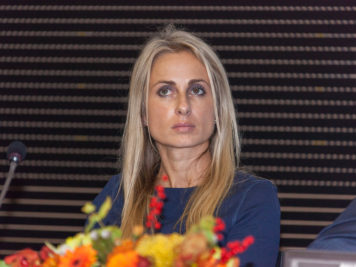



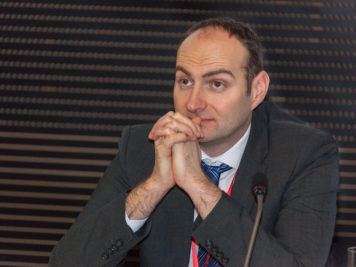
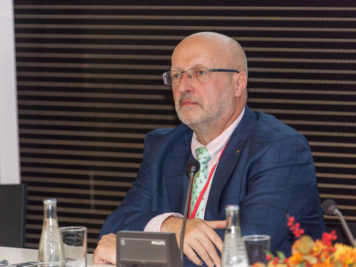



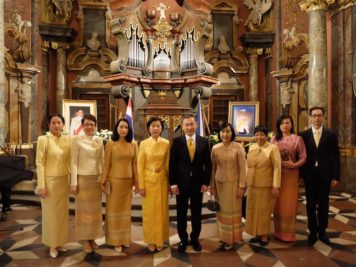













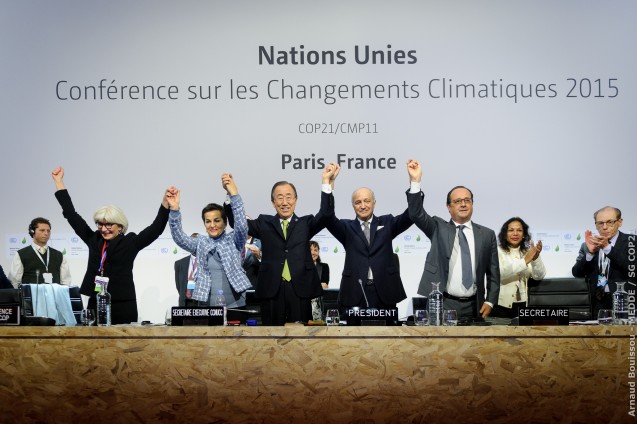
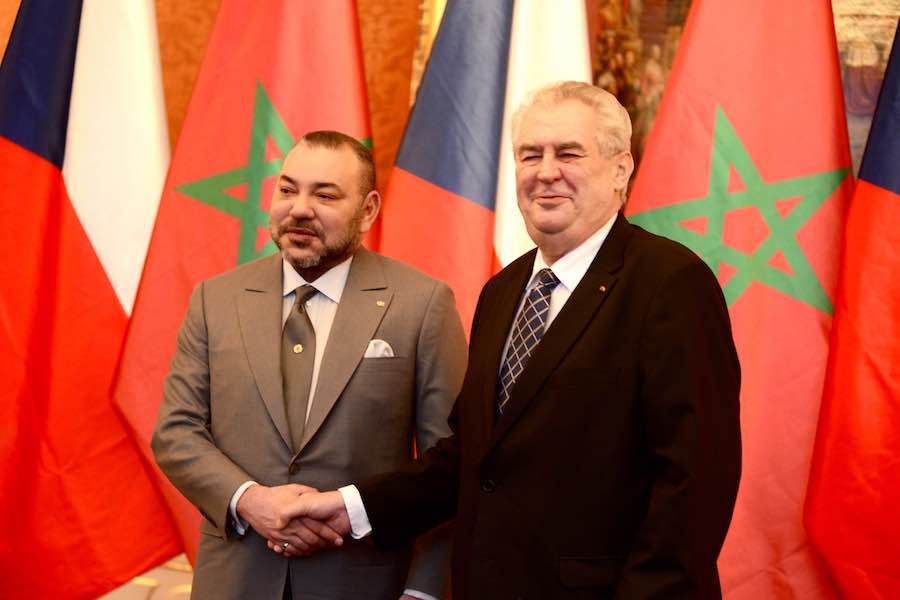
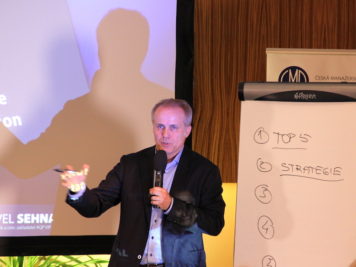




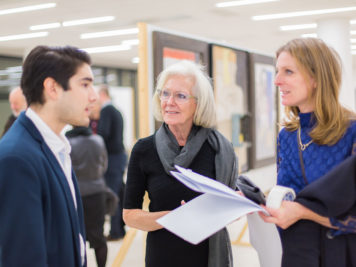
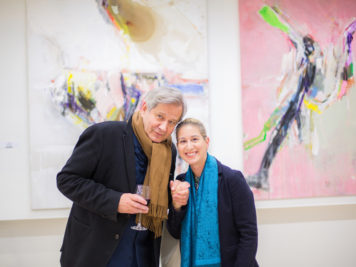


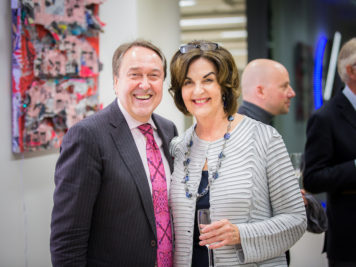
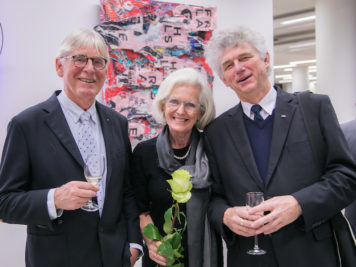
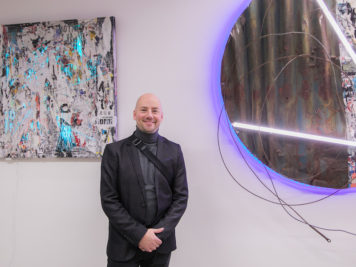
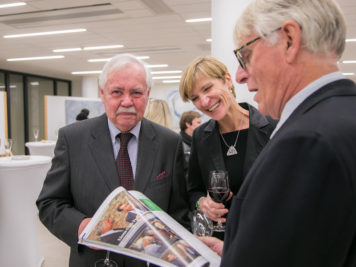
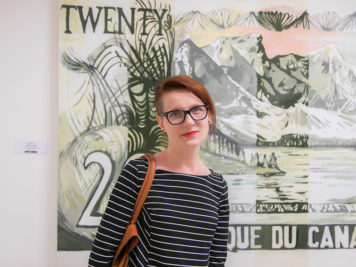
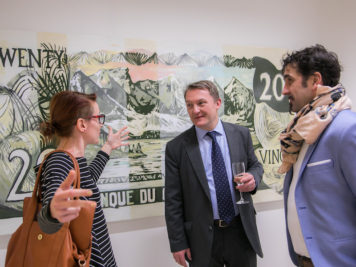
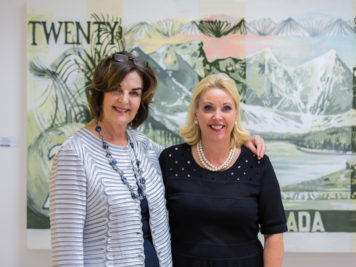
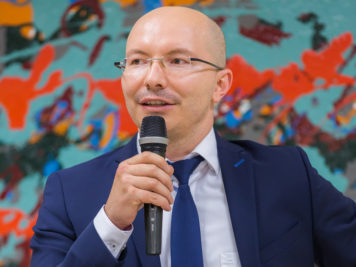

















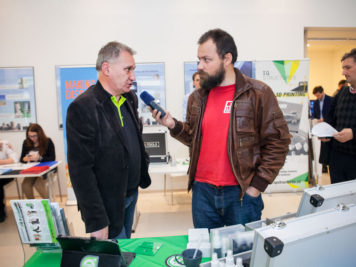

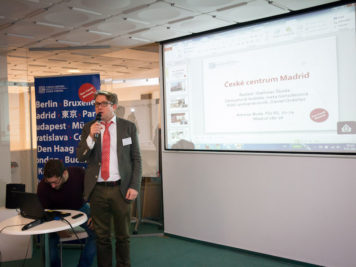

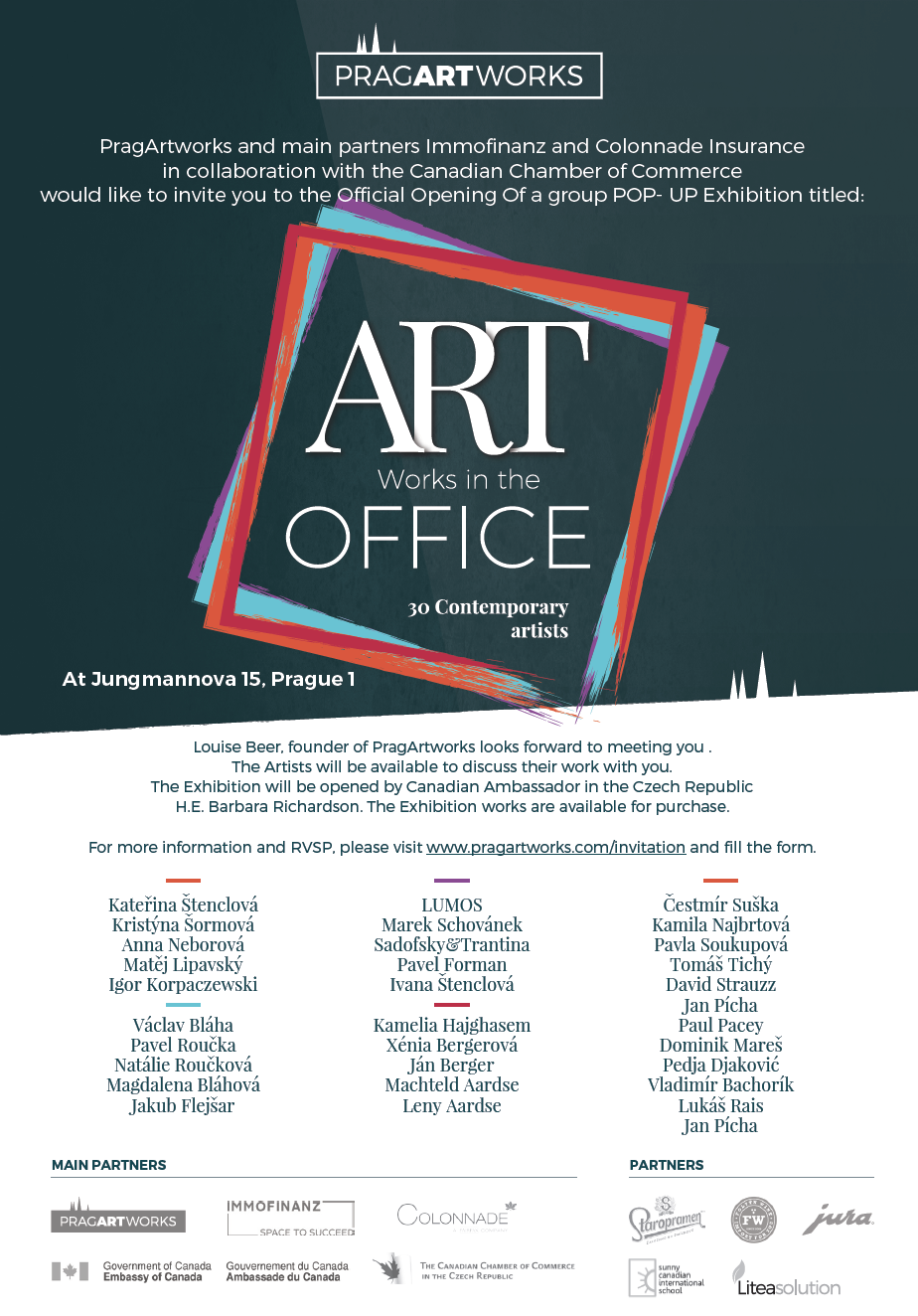


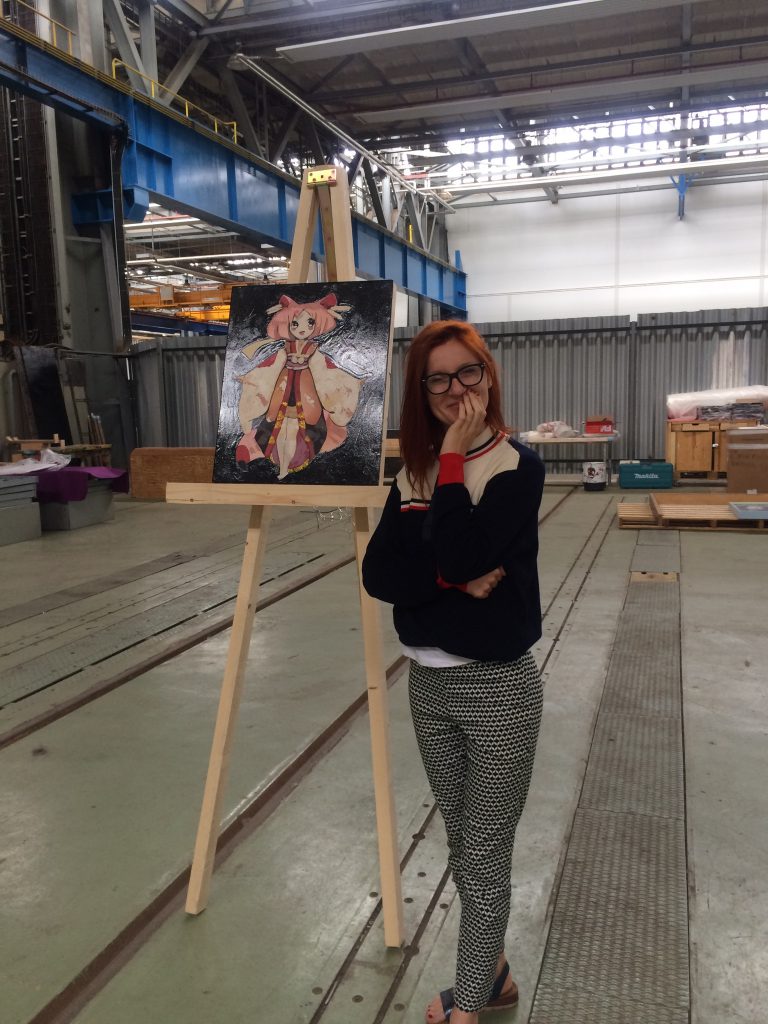
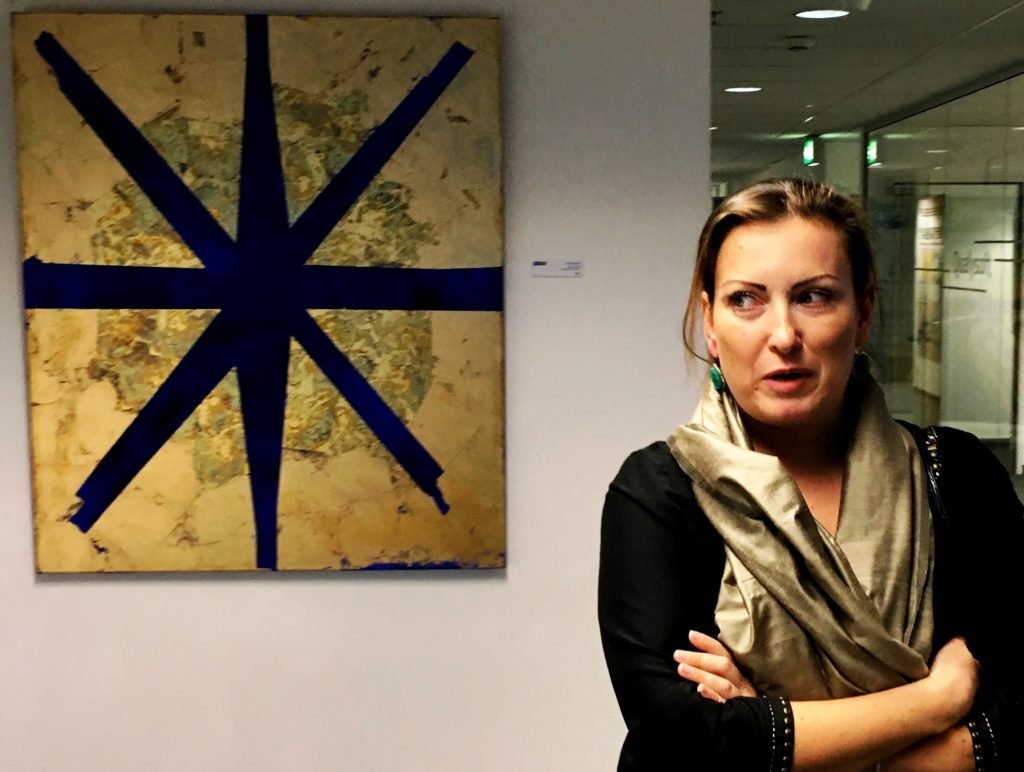
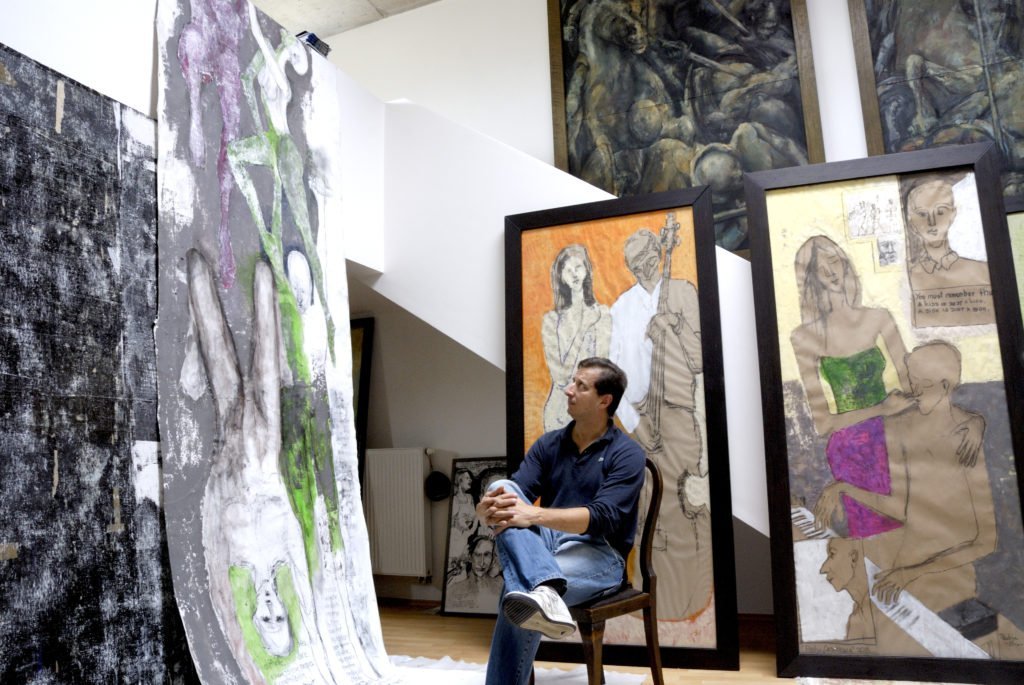
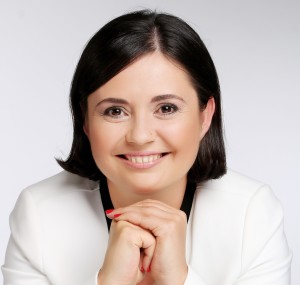


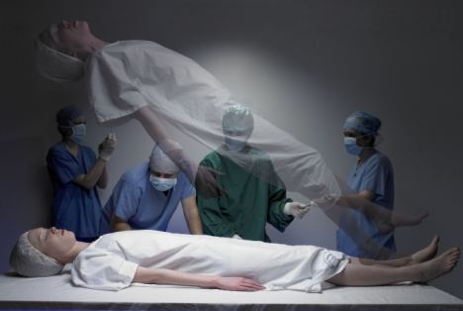


































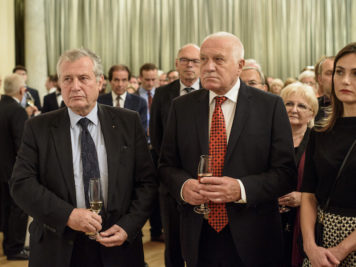





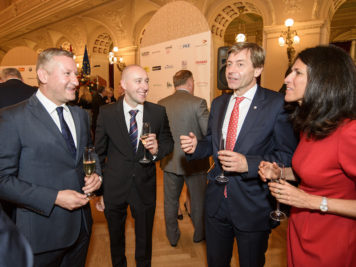
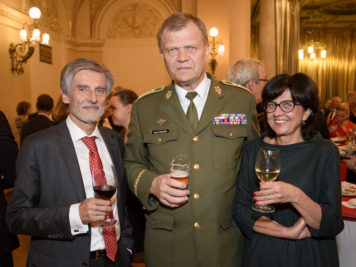





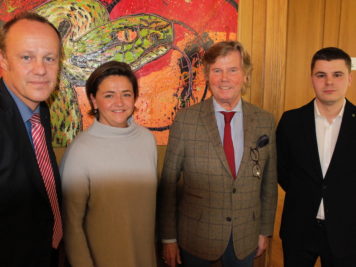
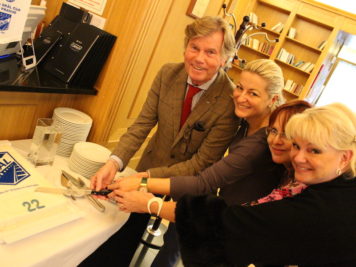
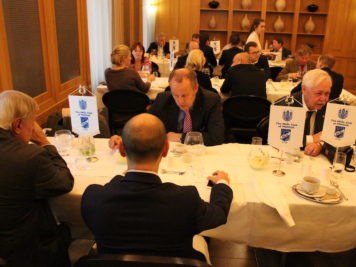
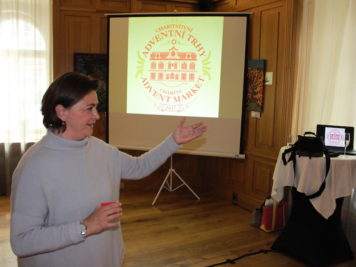
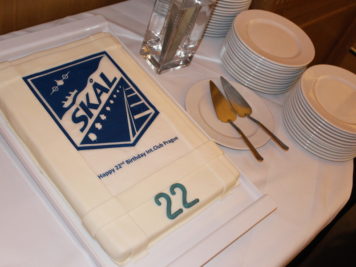
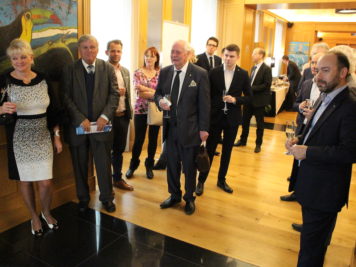
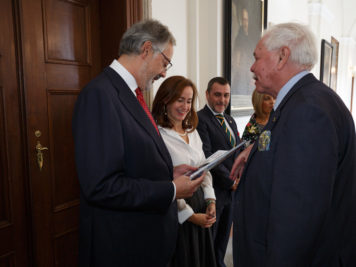
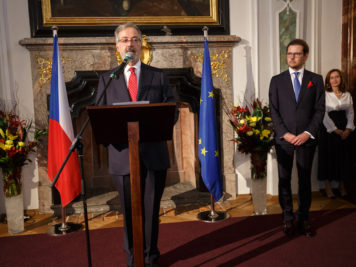
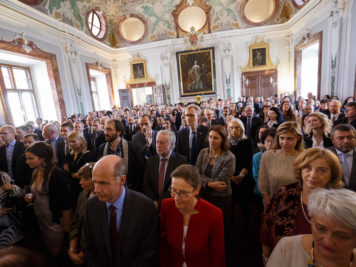
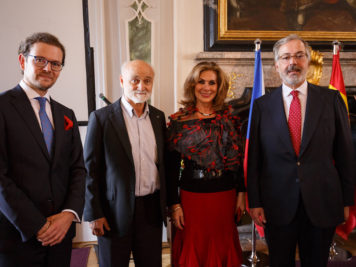
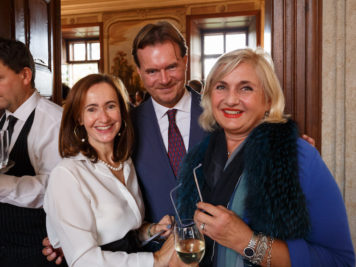
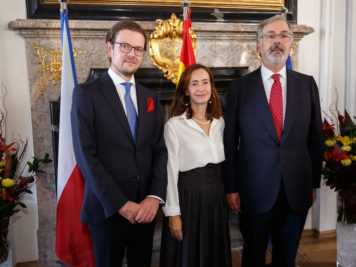


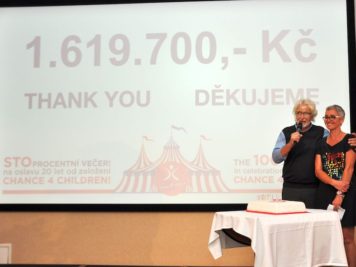
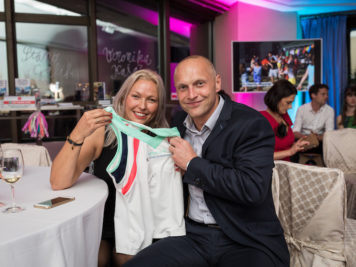
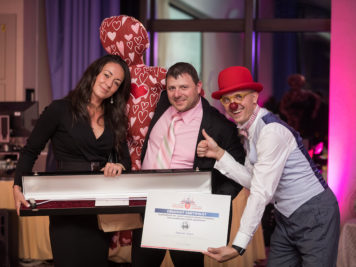
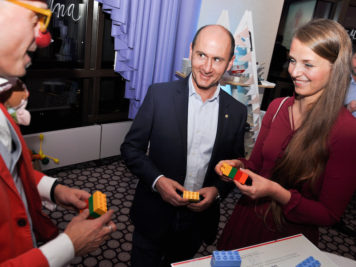

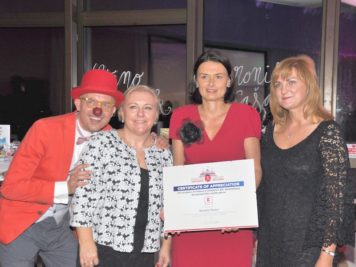
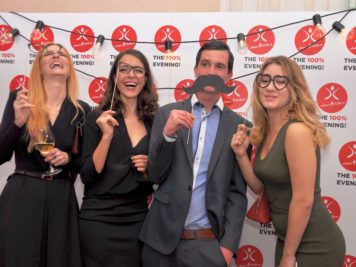
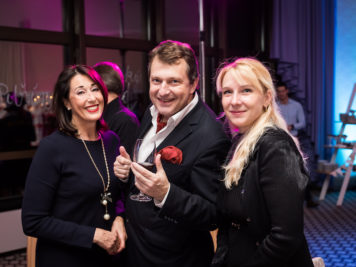
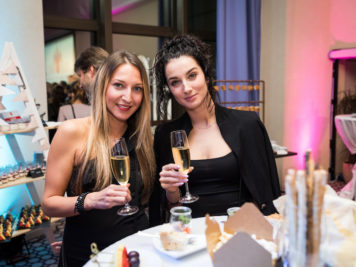
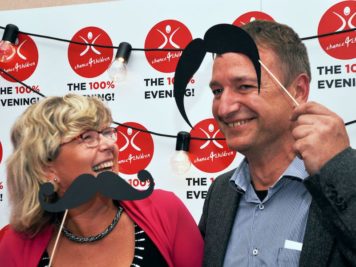
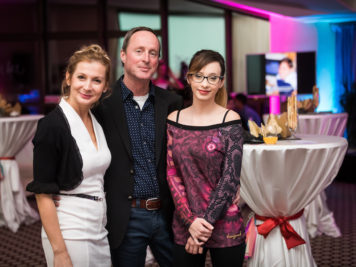
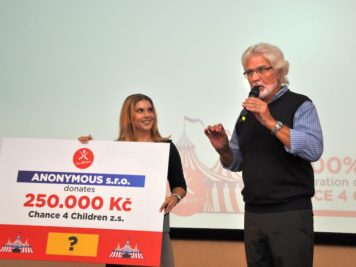
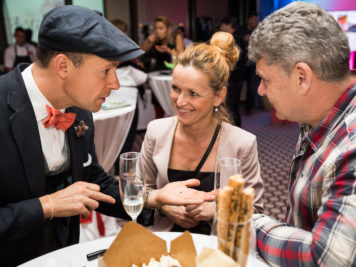
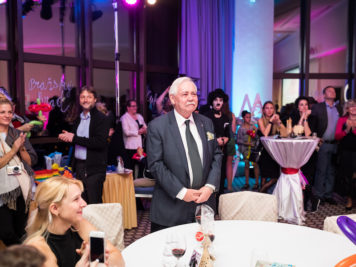


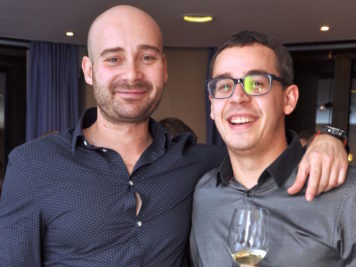
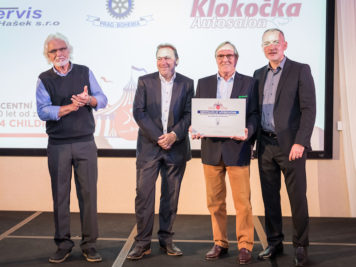
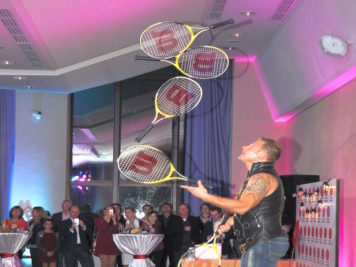
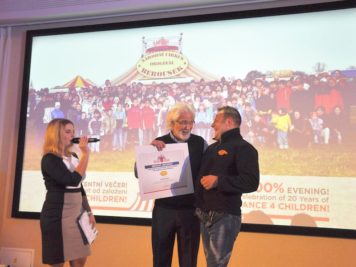
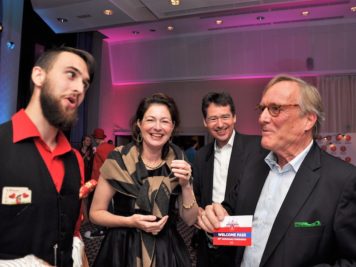
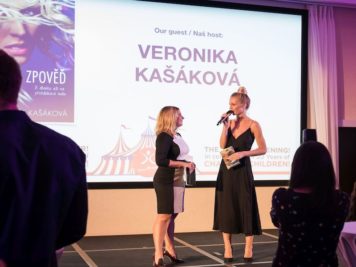

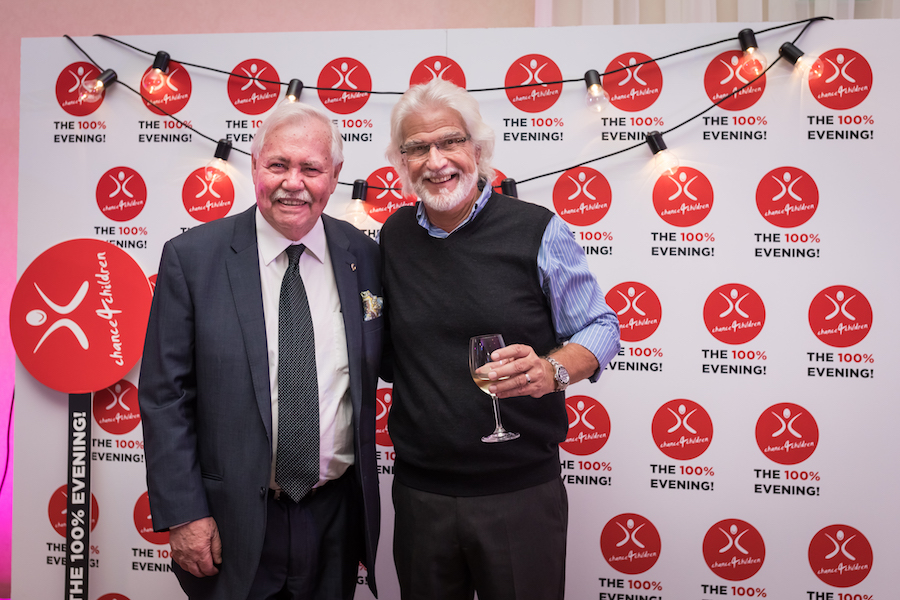
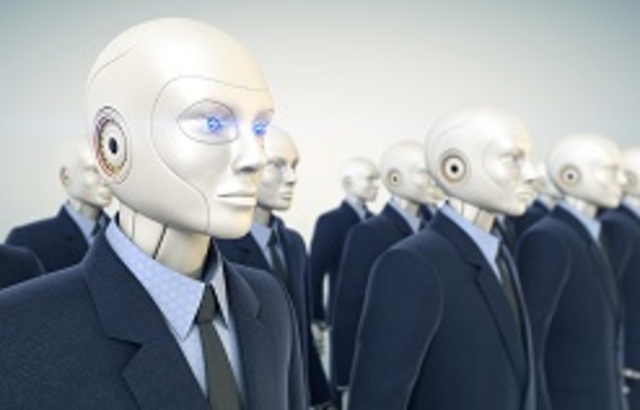
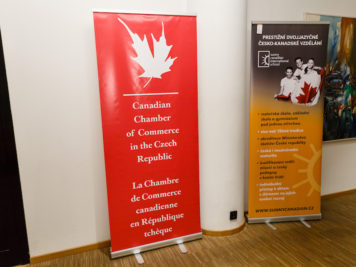
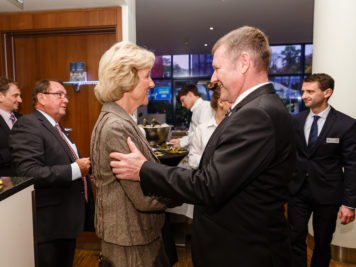

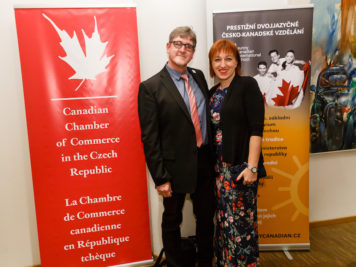
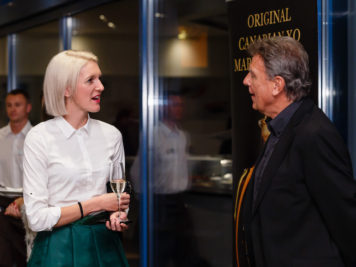
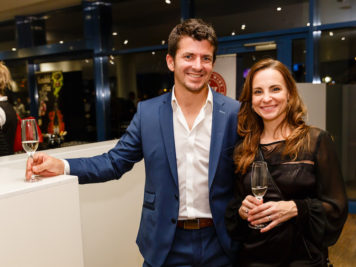
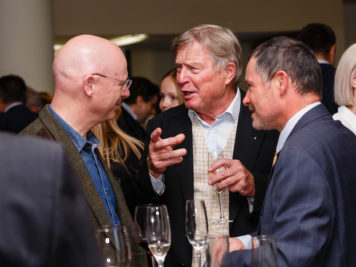
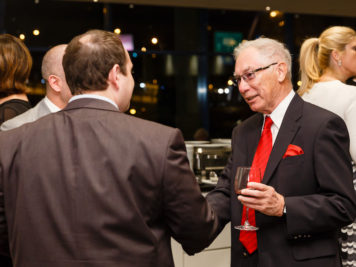
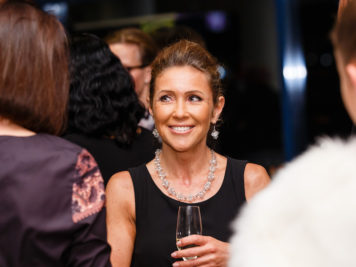
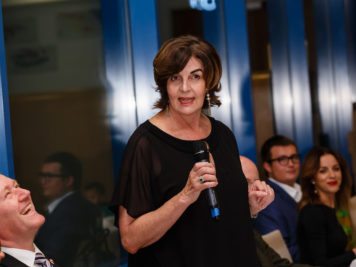
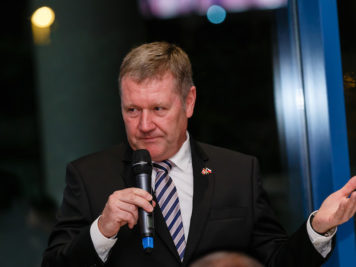
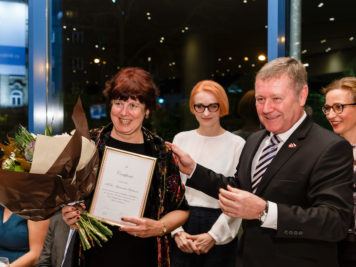
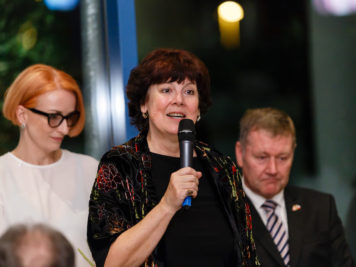

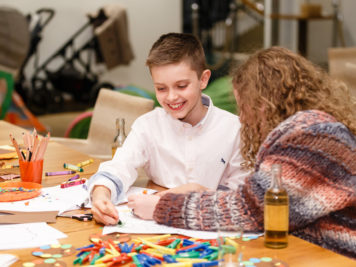

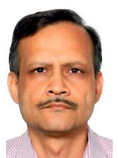 Post the 2008 global financial meltdown, regulators across the world have been pushing forward a number of regulatory changes aimed at eliminating conflict of interest, providing greater transparency and enhanced disclosures. Unfortunately, what has been lost sight off is that the problems that led to that meltdown were from different segments of the financial markets; namely the housing/mortgage market, alternative investments and excessive leverage by the large investment banks and financial institutions – not the advisory sector or mutual fund industry.
Post the 2008 global financial meltdown, regulators across the world have been pushing forward a number of regulatory changes aimed at eliminating conflict of interest, providing greater transparency and enhanced disclosures. Unfortunately, what has been lost sight off is that the problems that led to that meltdown were from different segments of the financial markets; namely the housing/mortgage market, alternative investments and excessive leverage by the large investment banks and financial institutions – not the advisory sector or mutual fund industry.




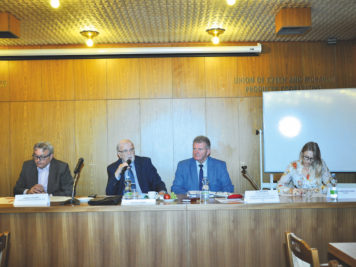




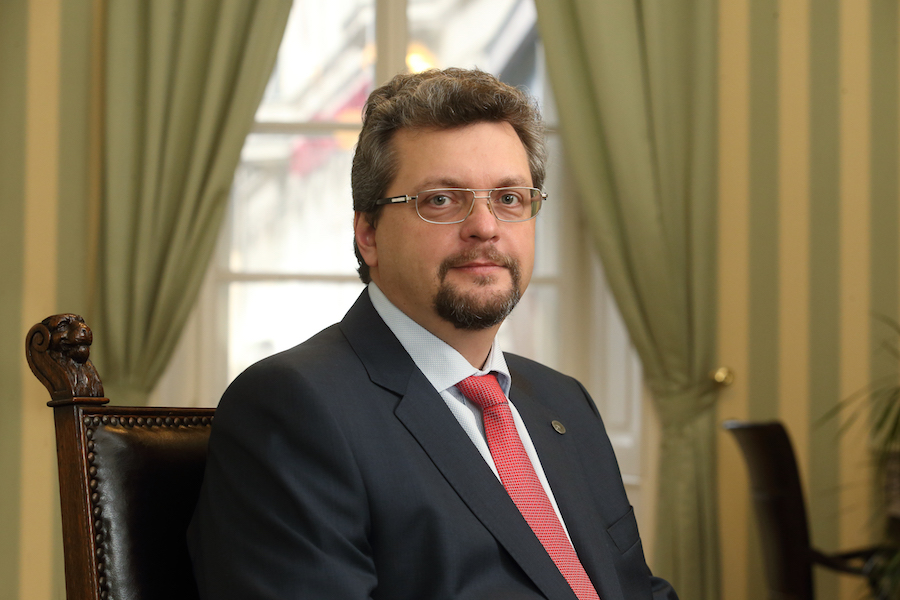
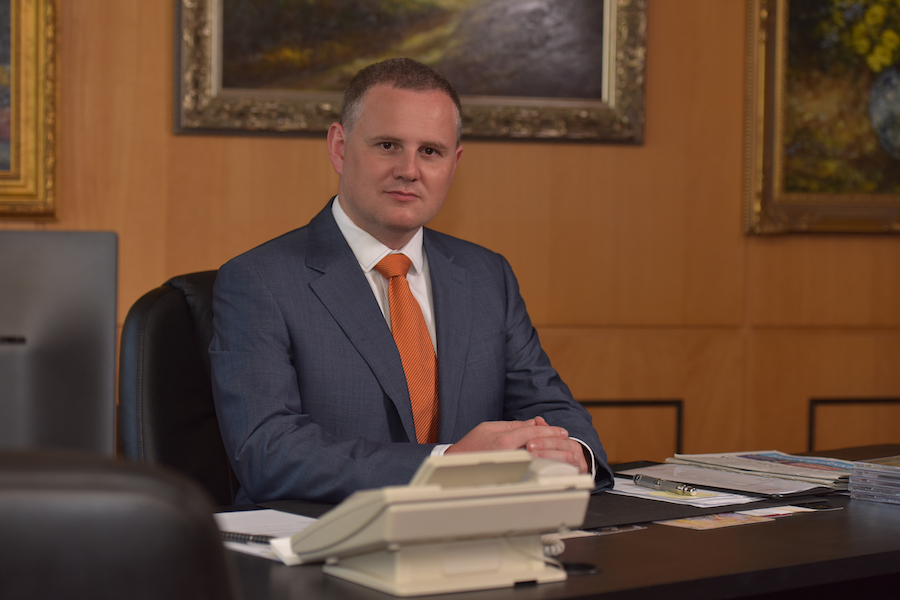
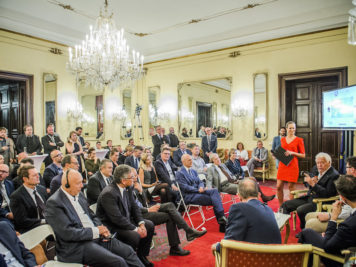
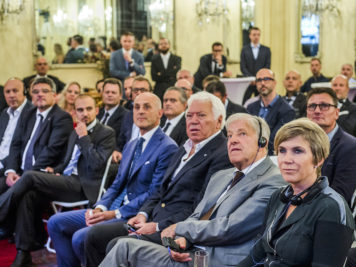
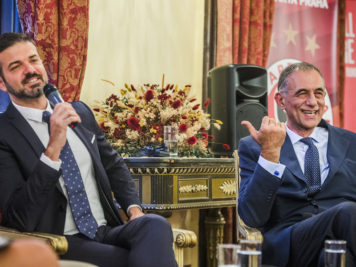
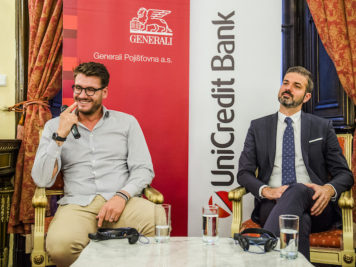
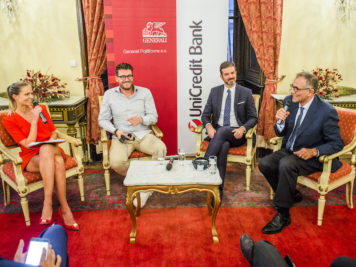










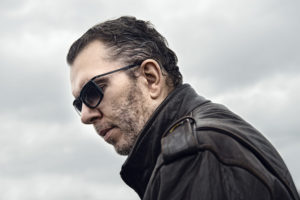
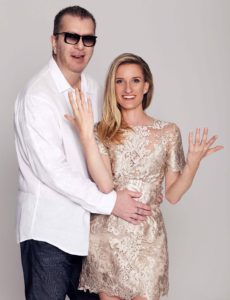
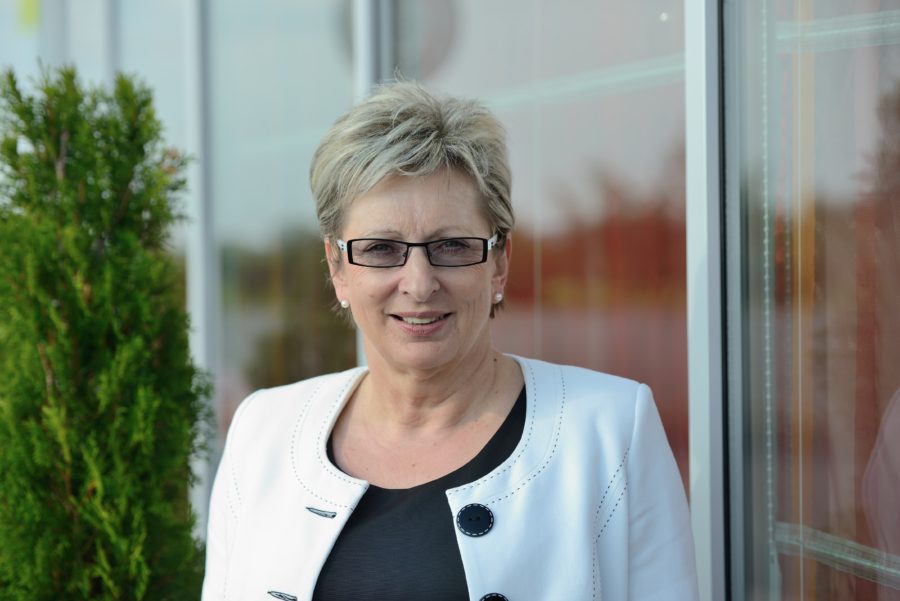
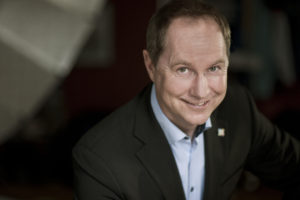
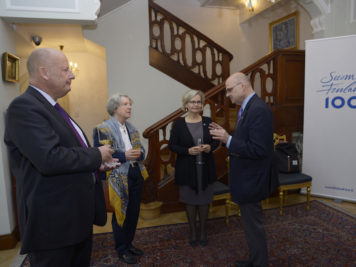
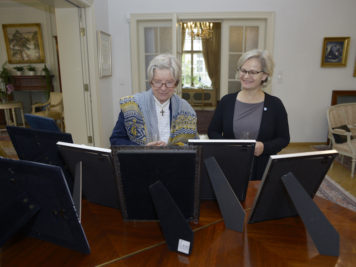
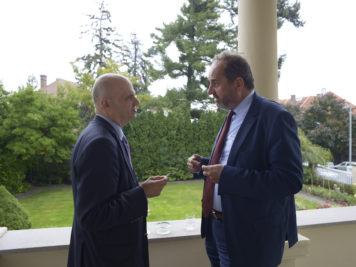
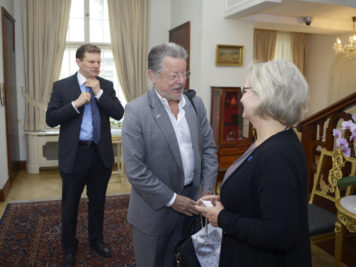
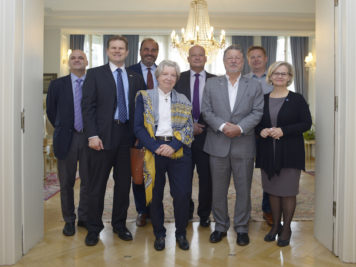
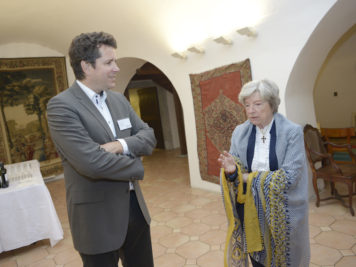
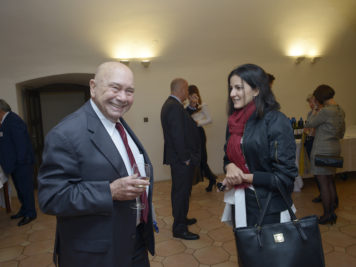

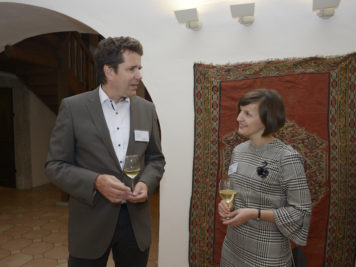
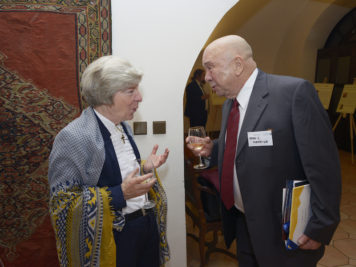
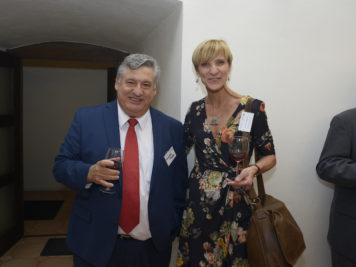
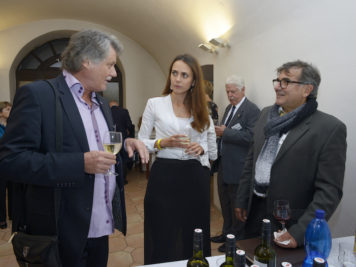
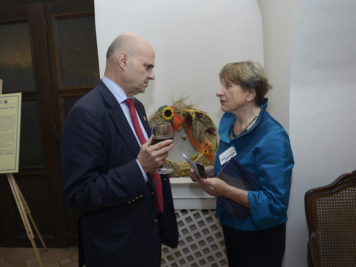
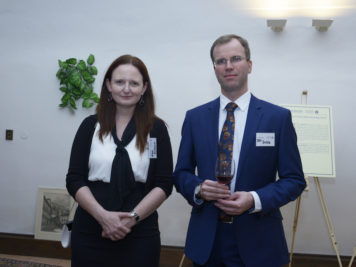
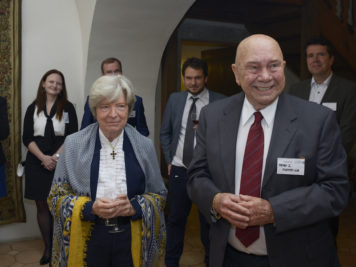
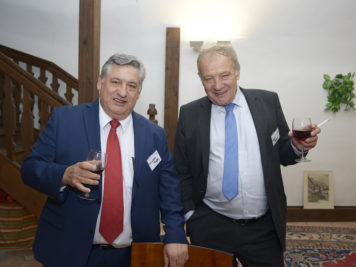
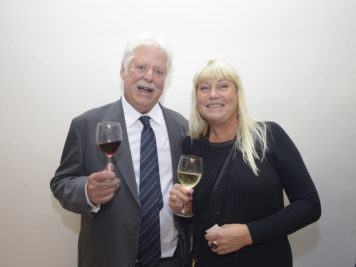
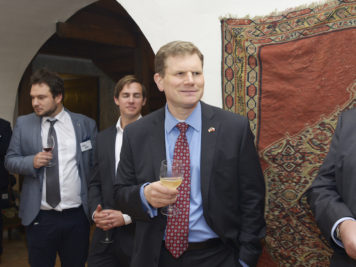
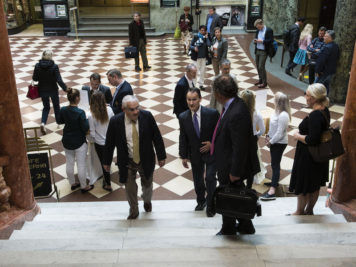
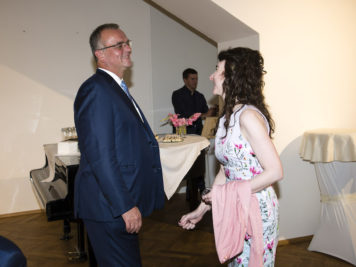
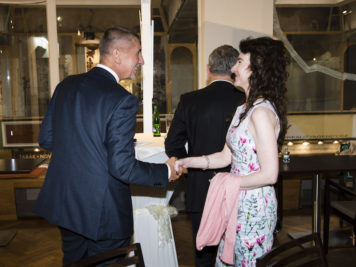
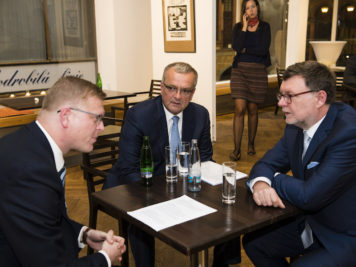
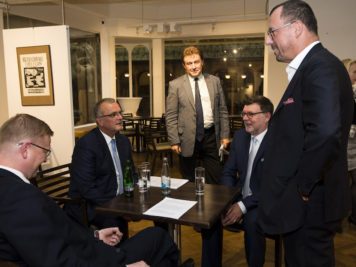
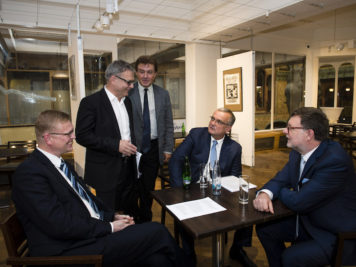
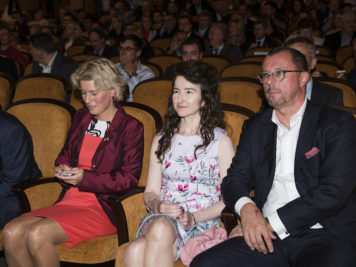
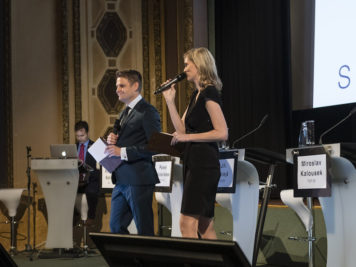
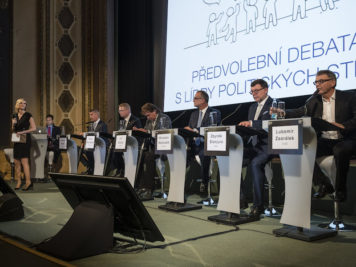
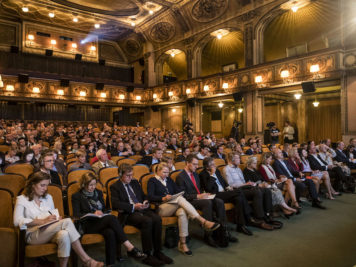
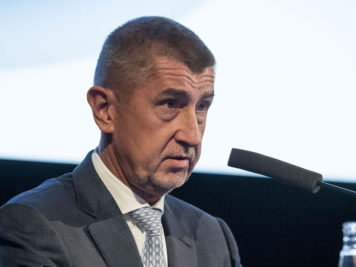
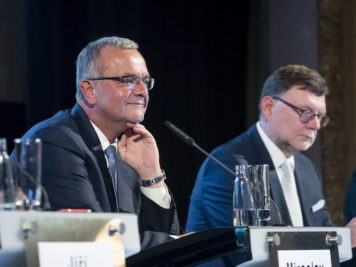
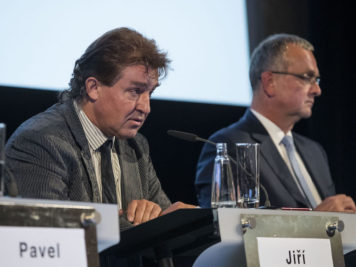
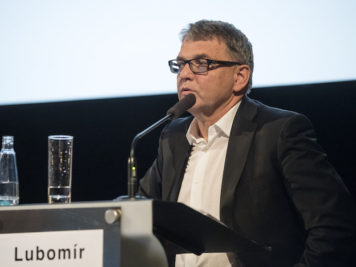
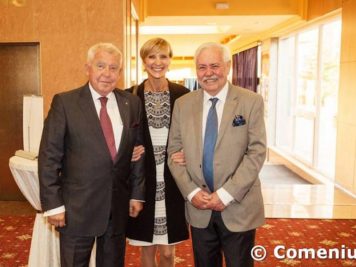
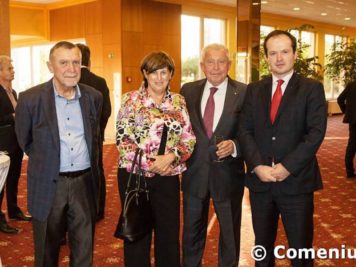
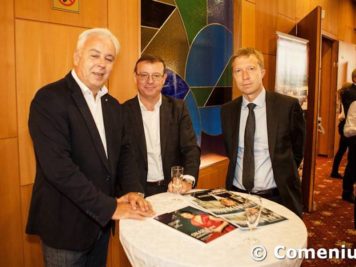
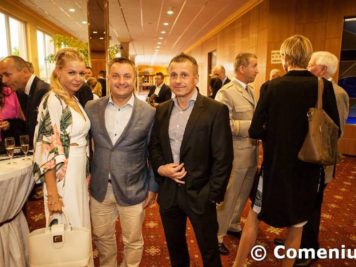
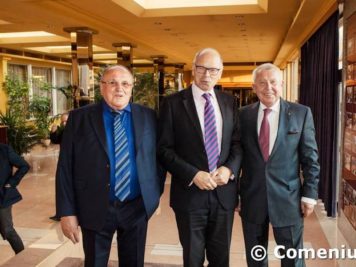
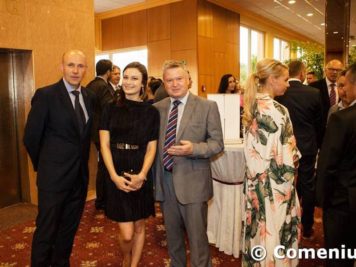
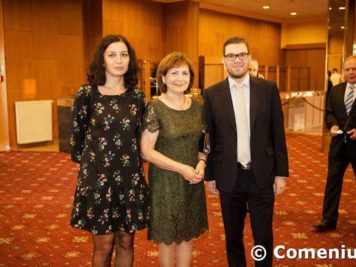
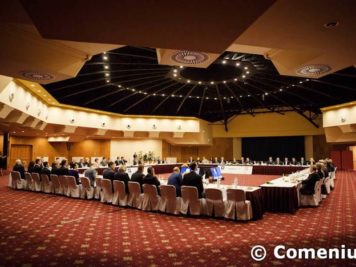
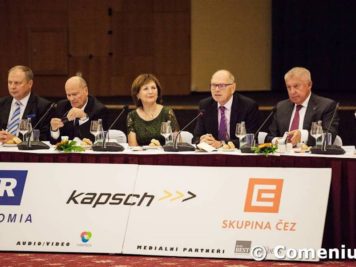
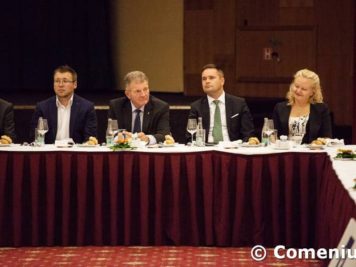

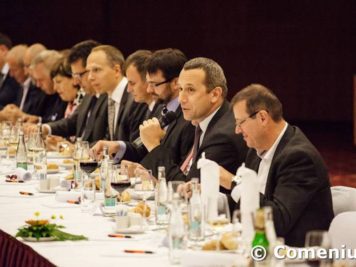


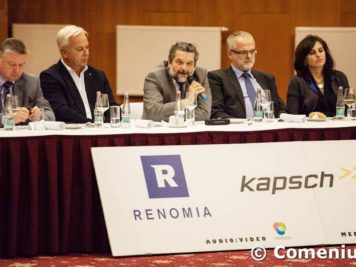
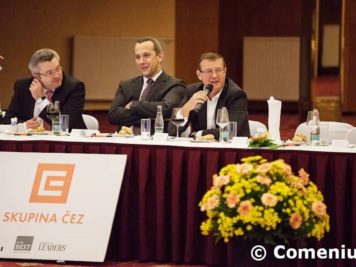
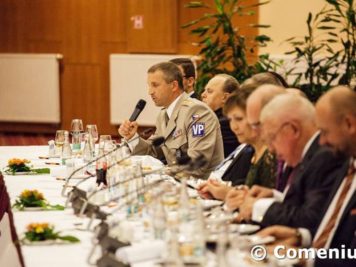
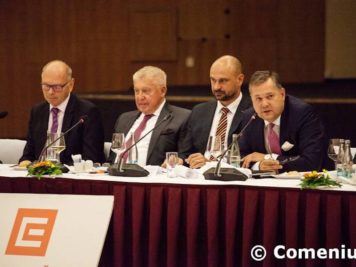
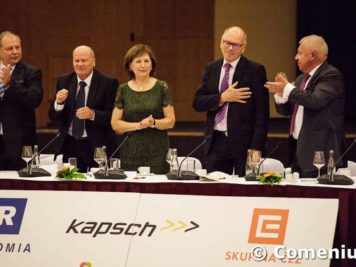
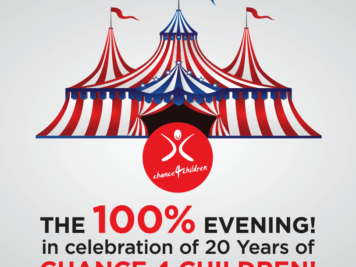
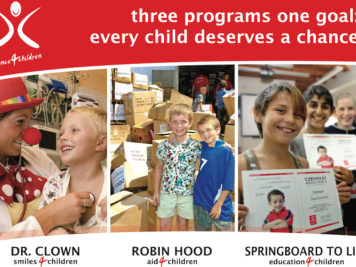
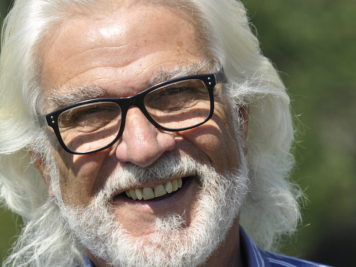
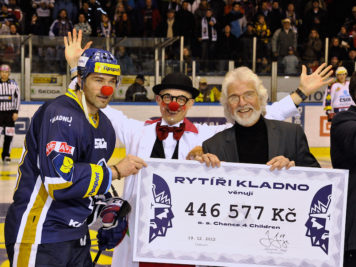
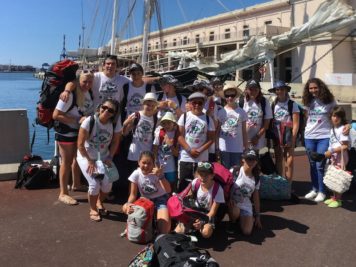

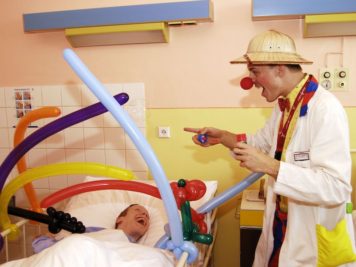
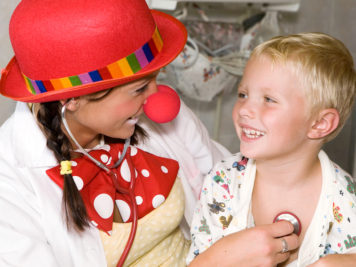
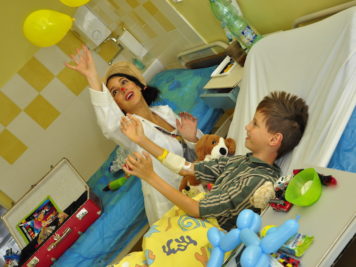
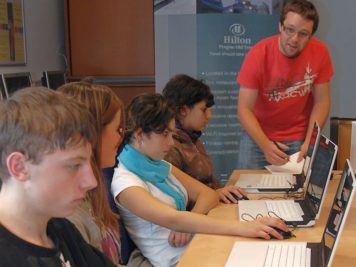
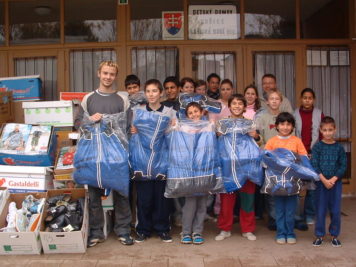




 Uncertainty and instability unfortunately seem to be the words which most accurately describe the current state of the world. Populism is spreading as a growing number of alarmist politicians appear willing to tout almost any unsubstantiated claims in a bid to win votes, preying on the ill-informed.
Uncertainty and instability unfortunately seem to be the words which most accurately describe the current state of the world. Populism is spreading as a growing number of alarmist politicians appear willing to tout almost any unsubstantiated claims in a bid to win votes, preying on the ill-informed.